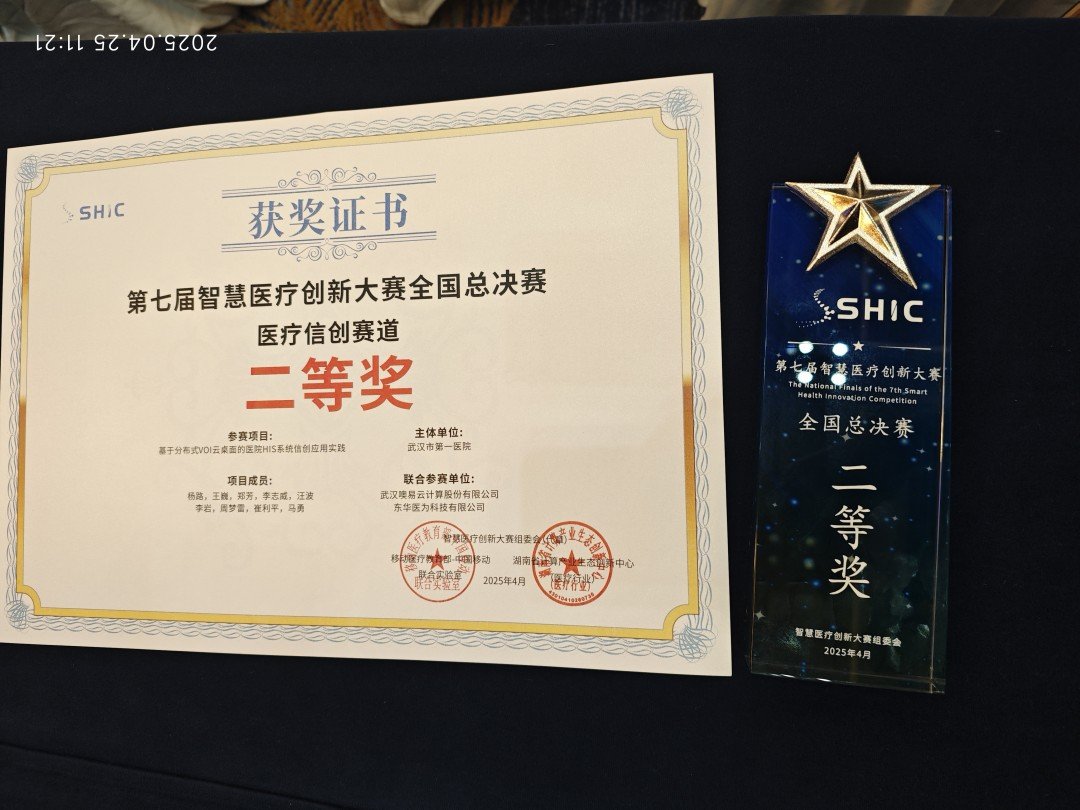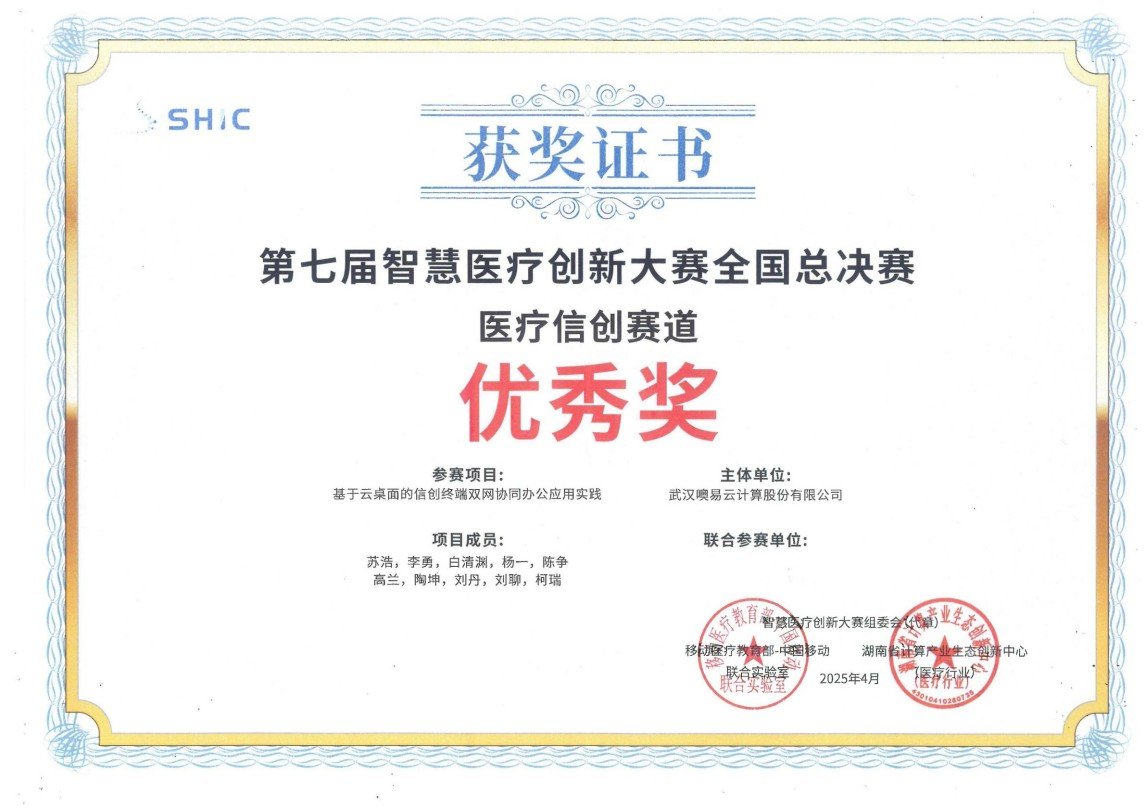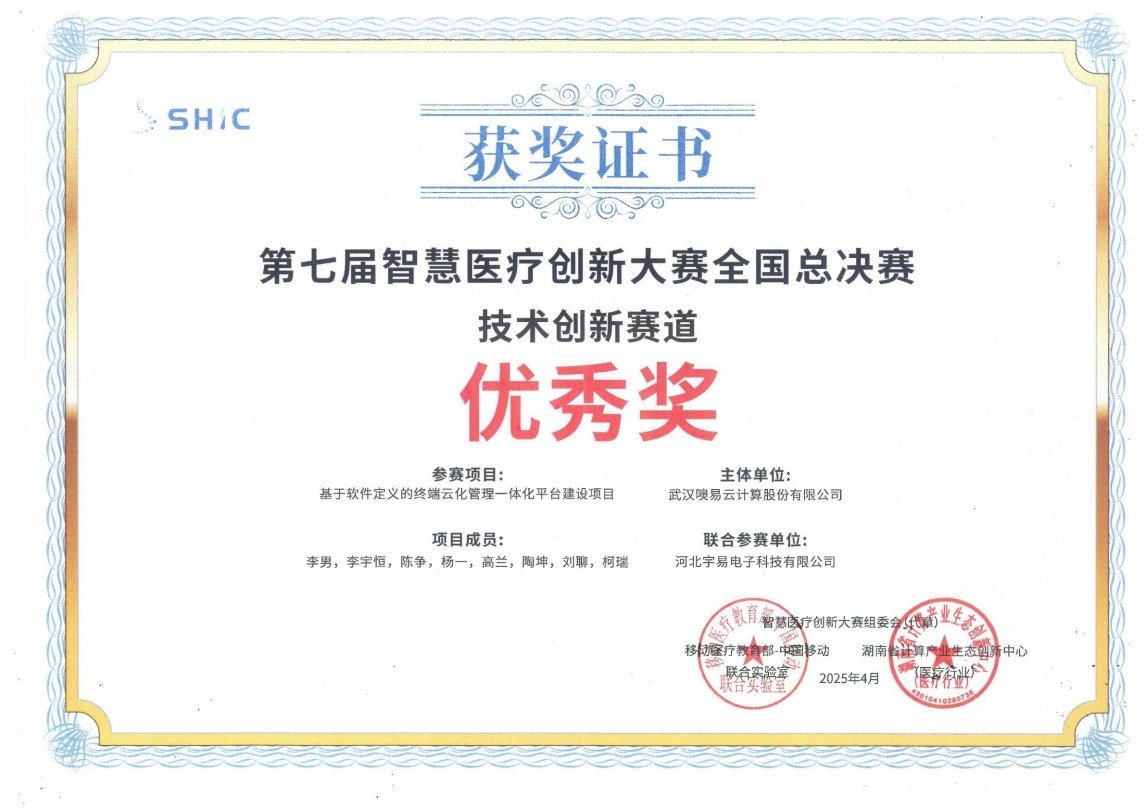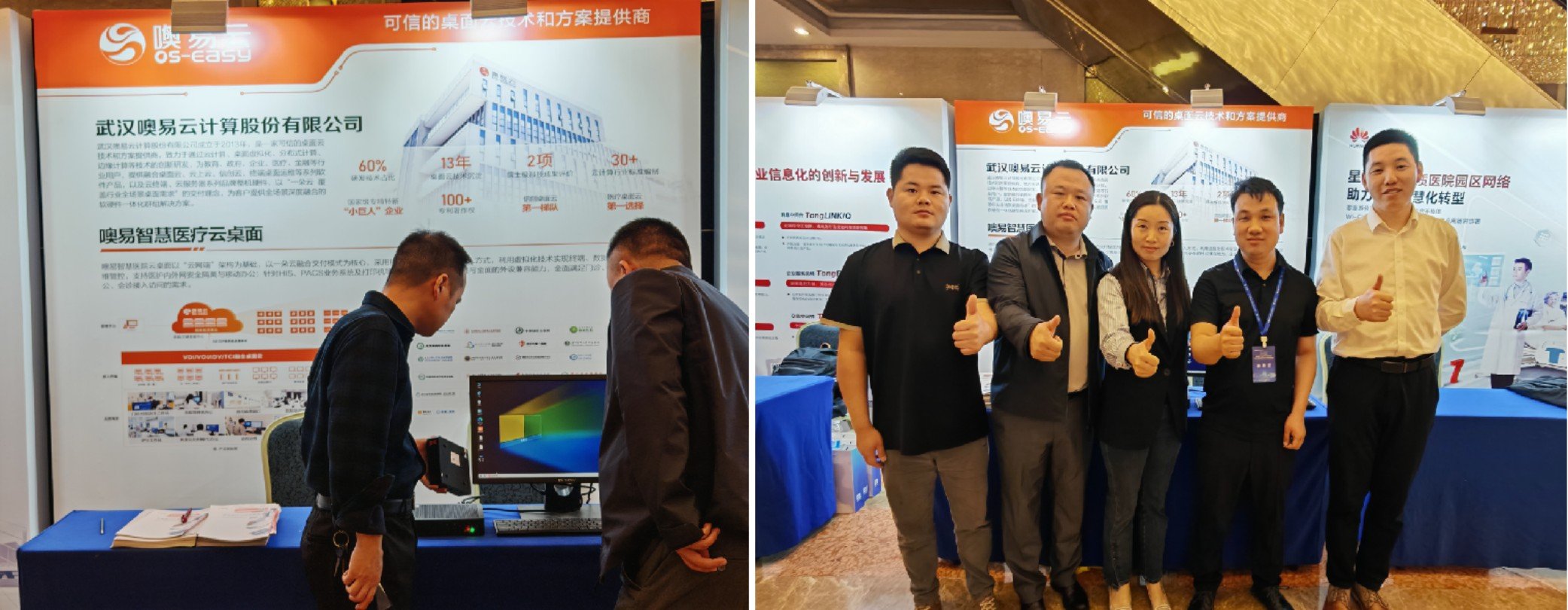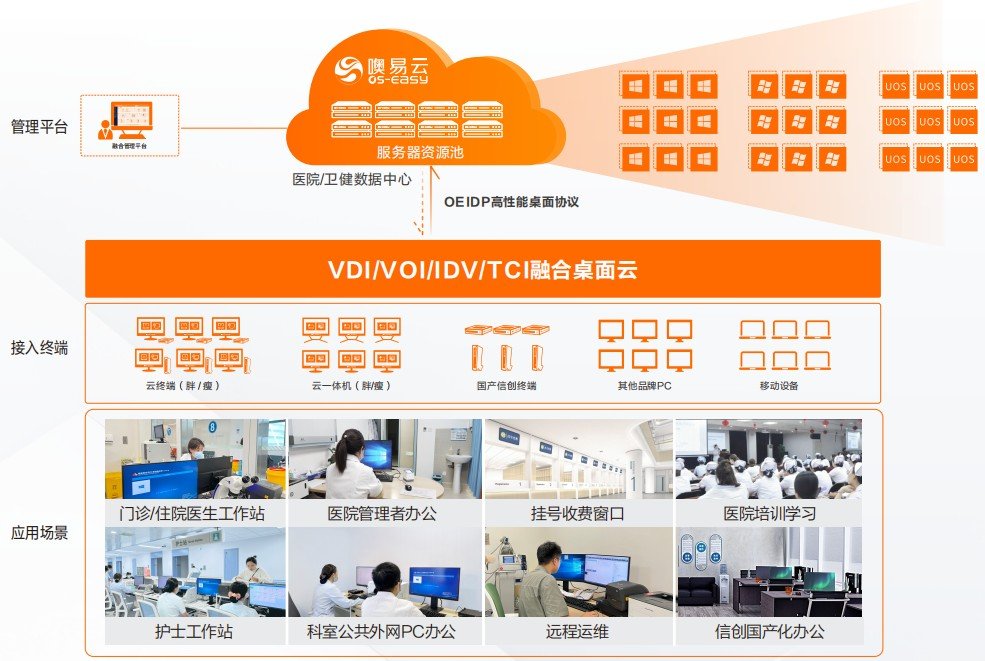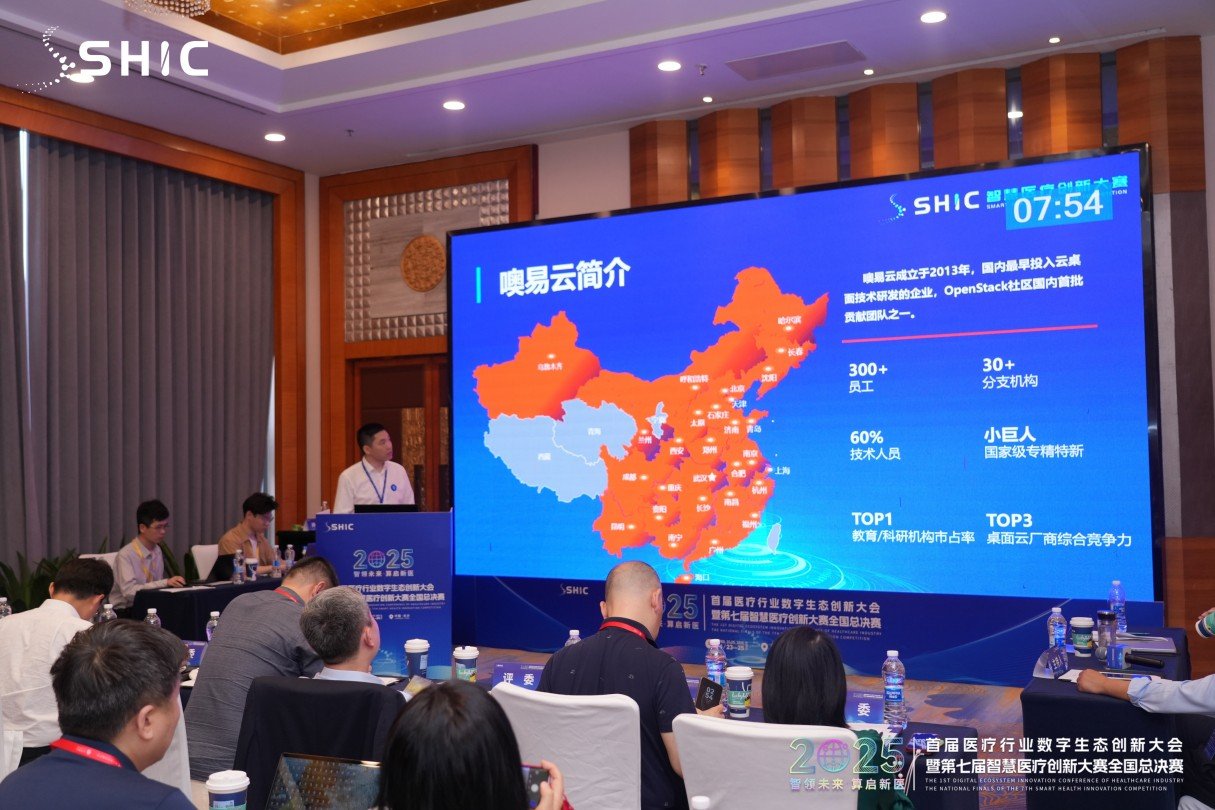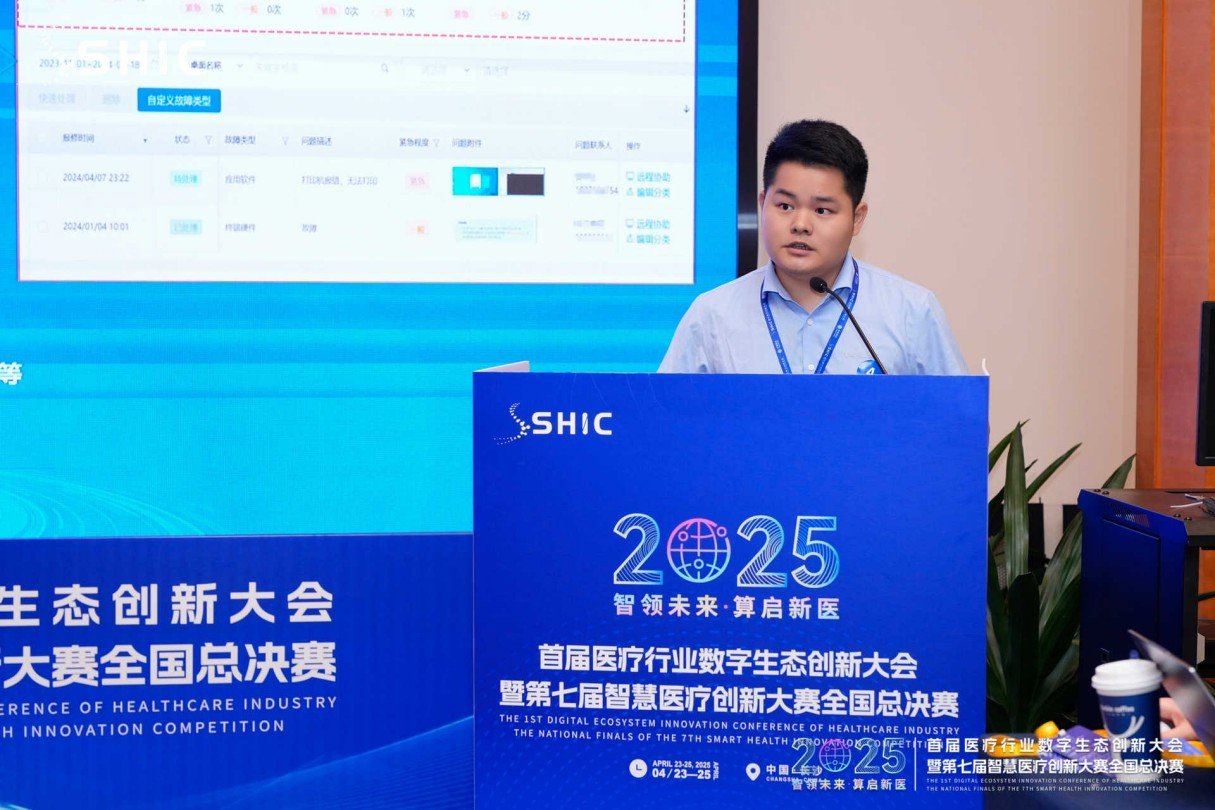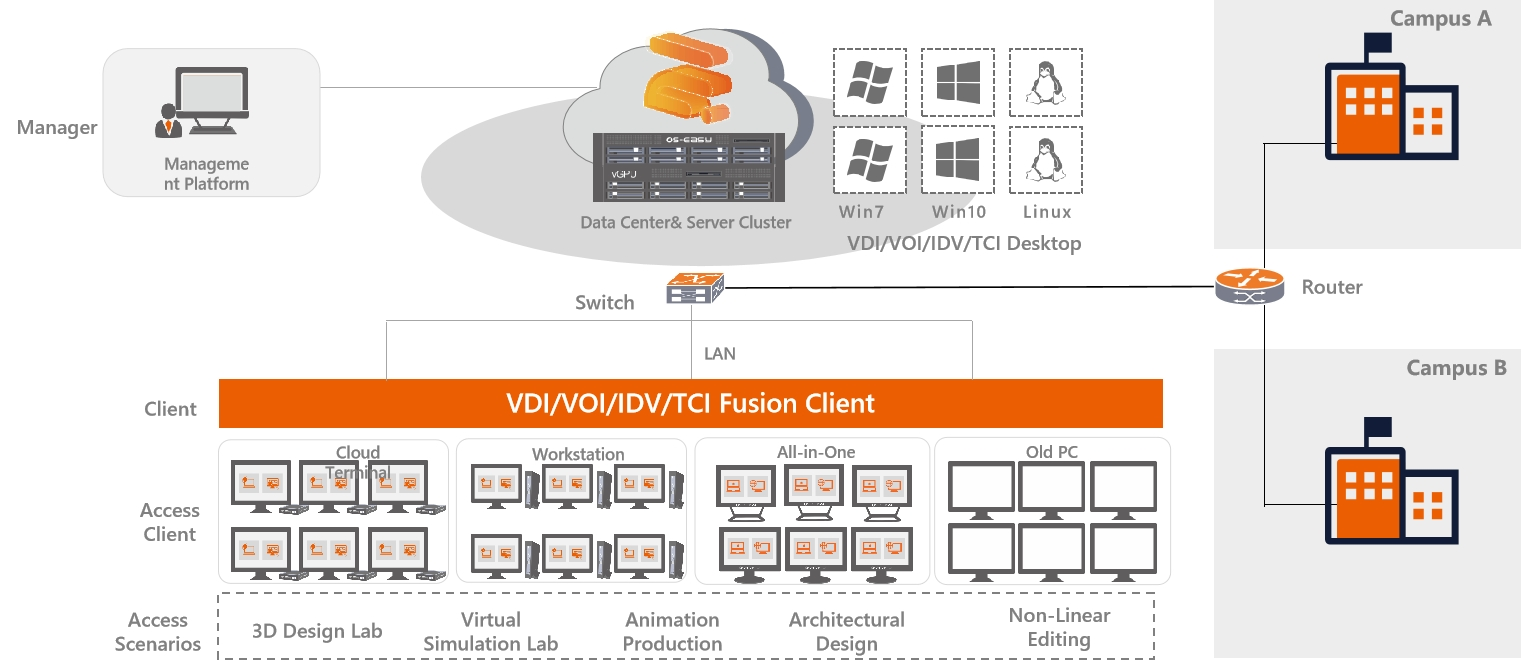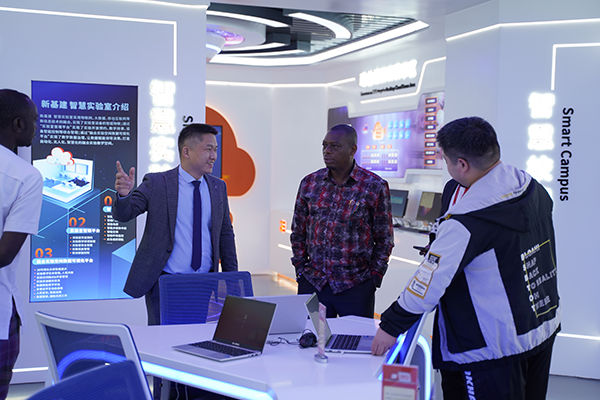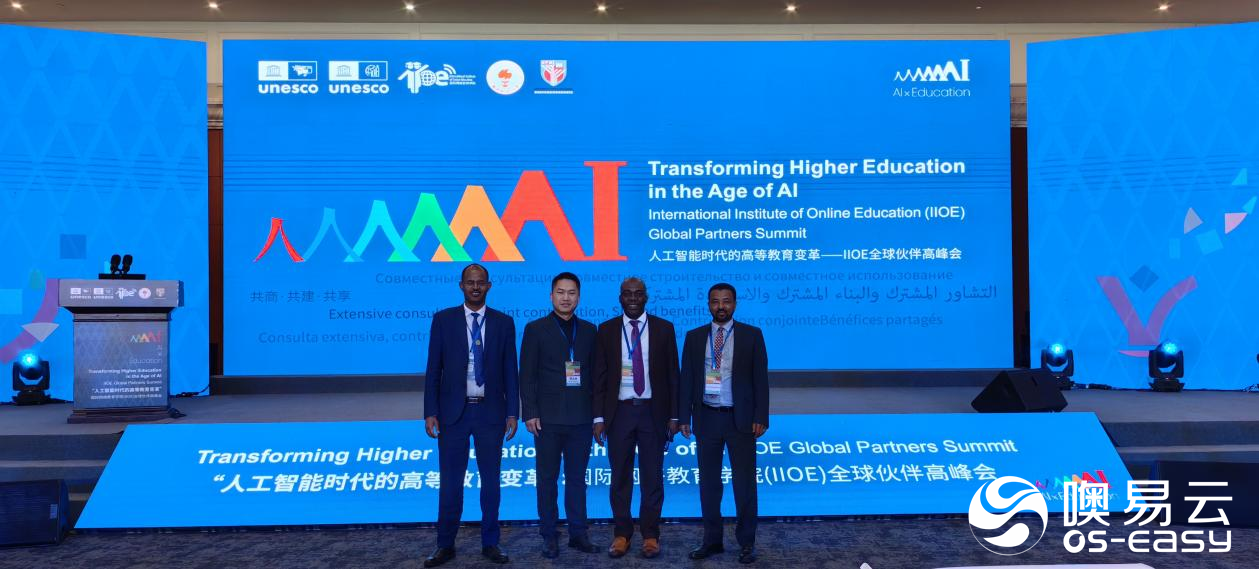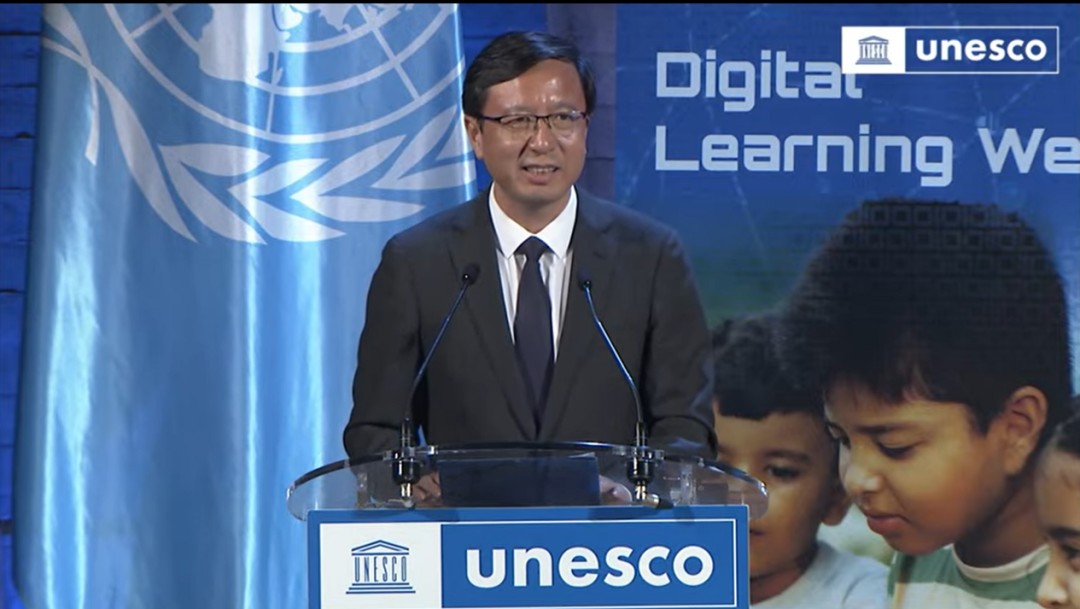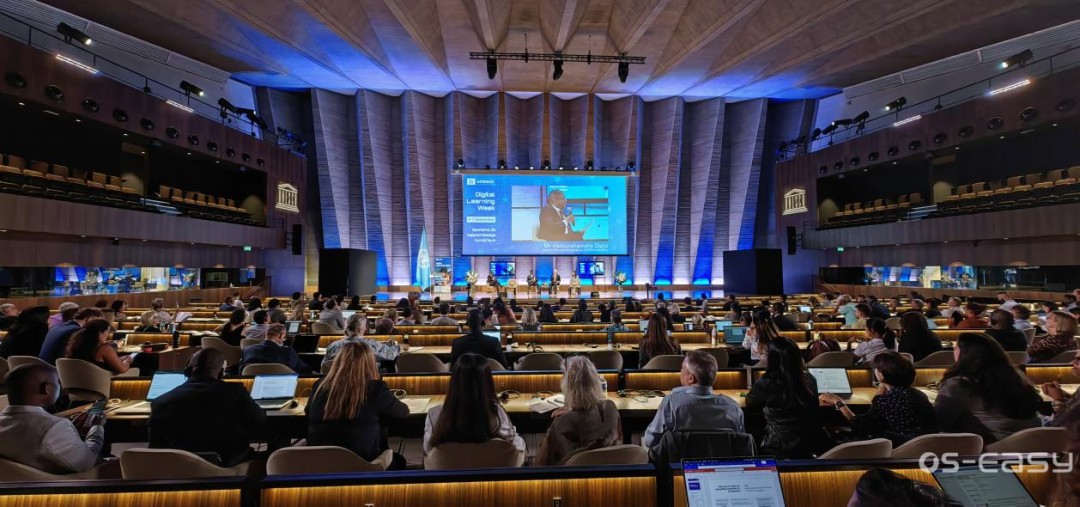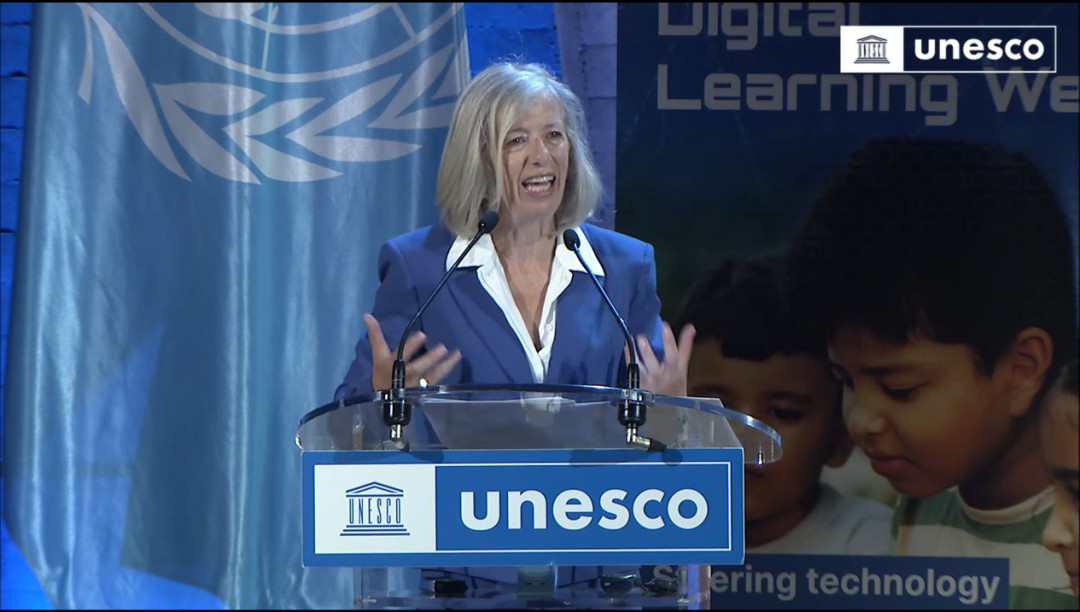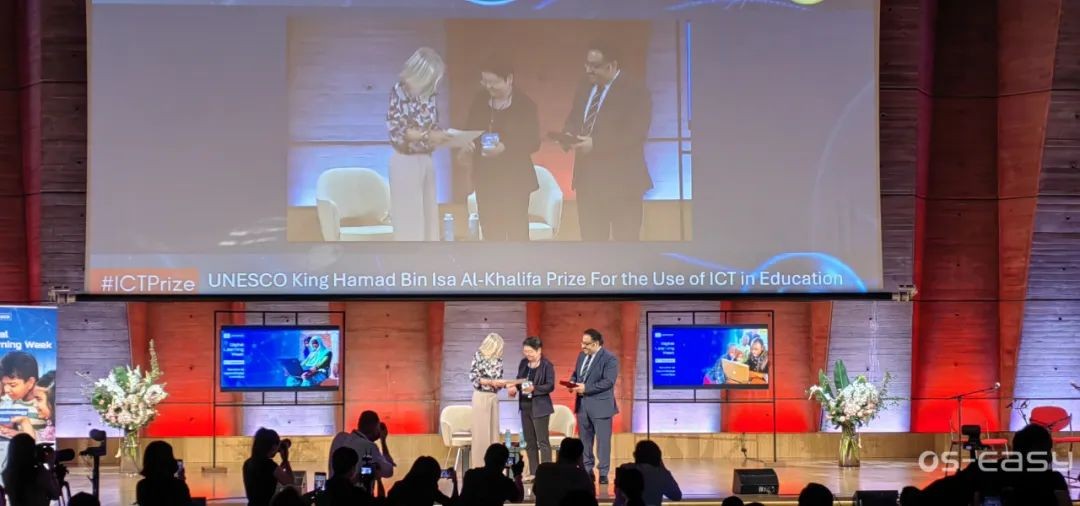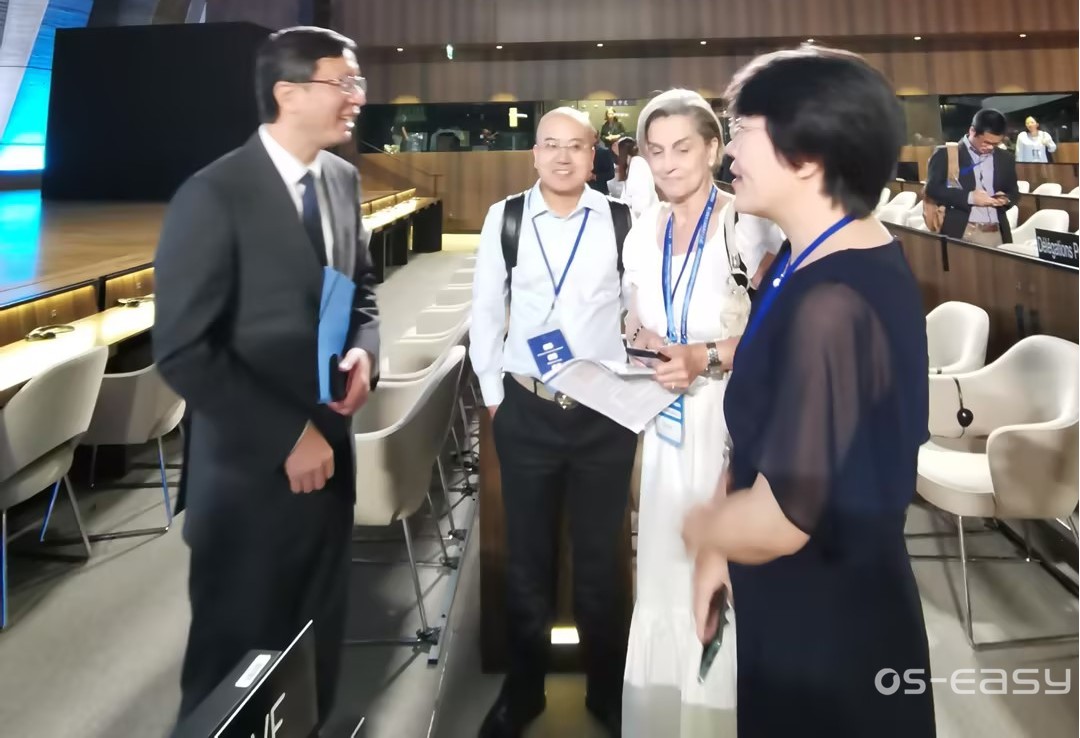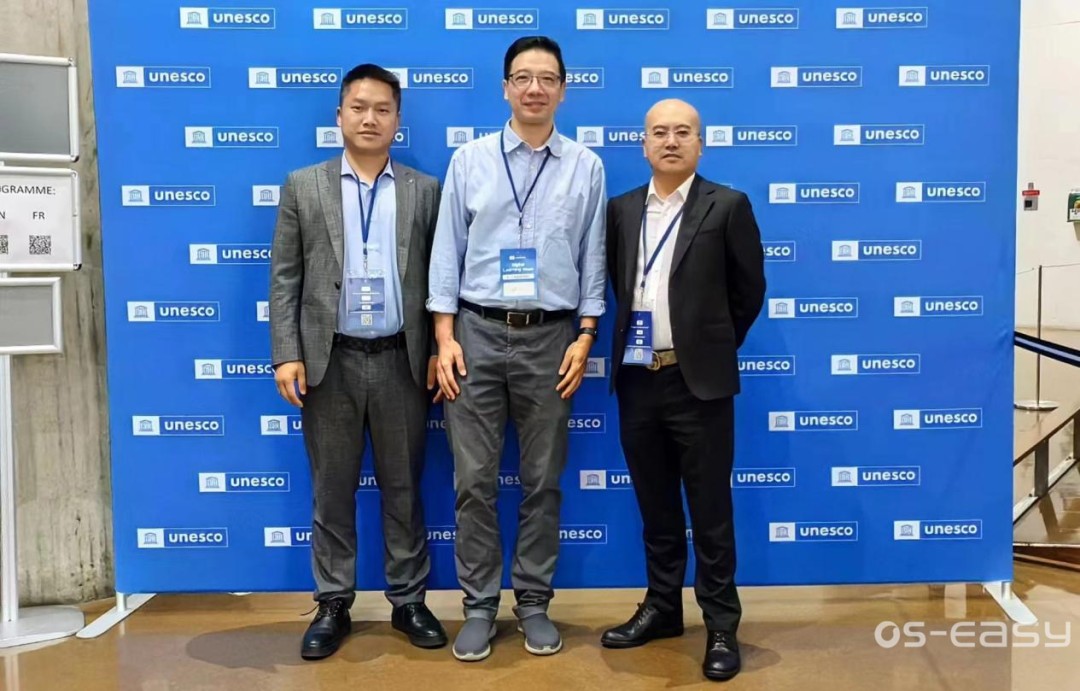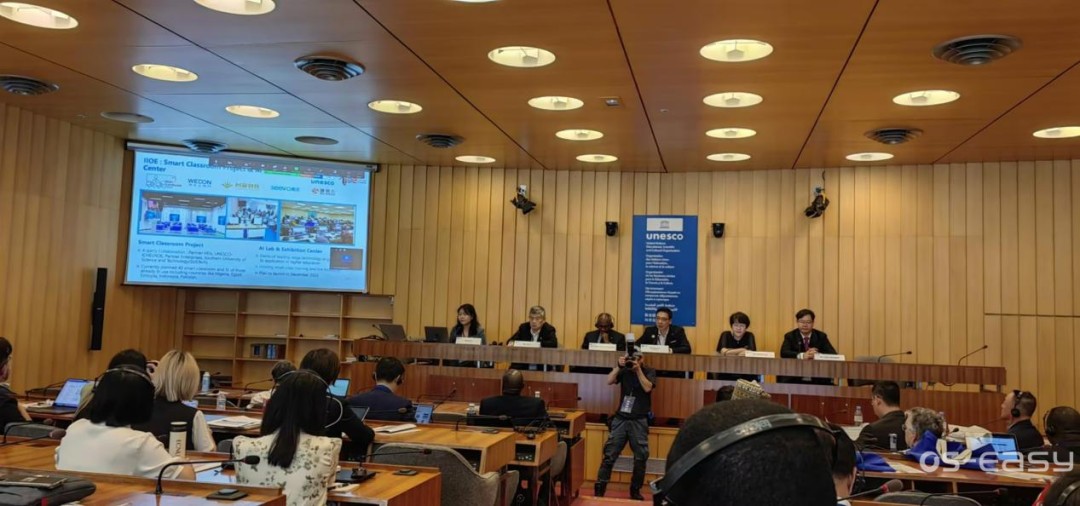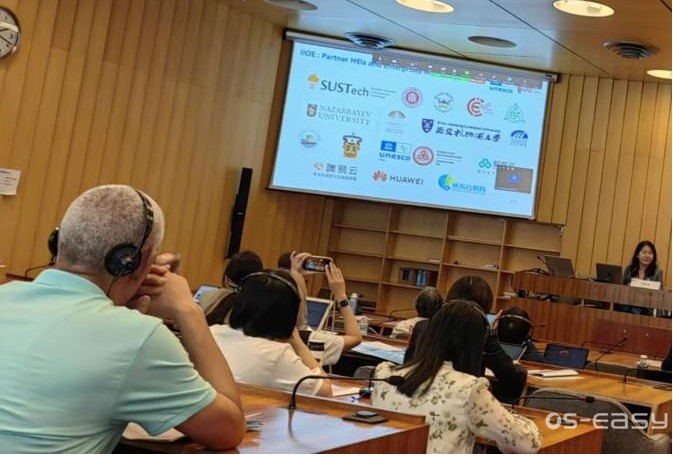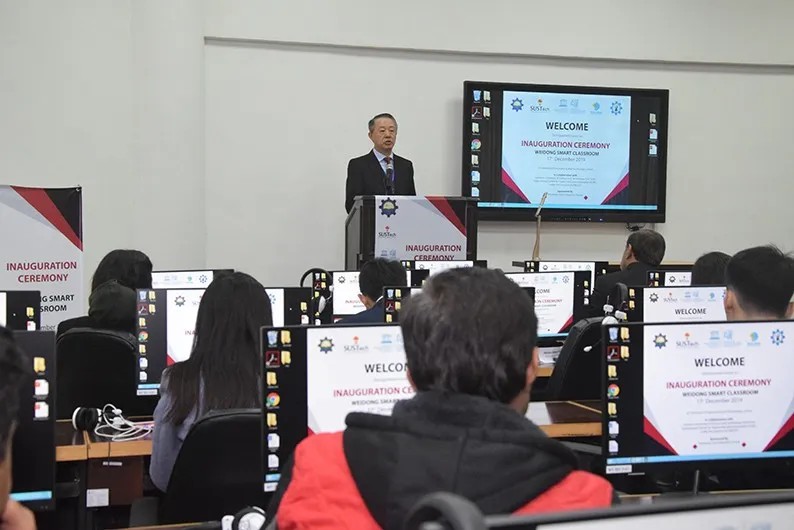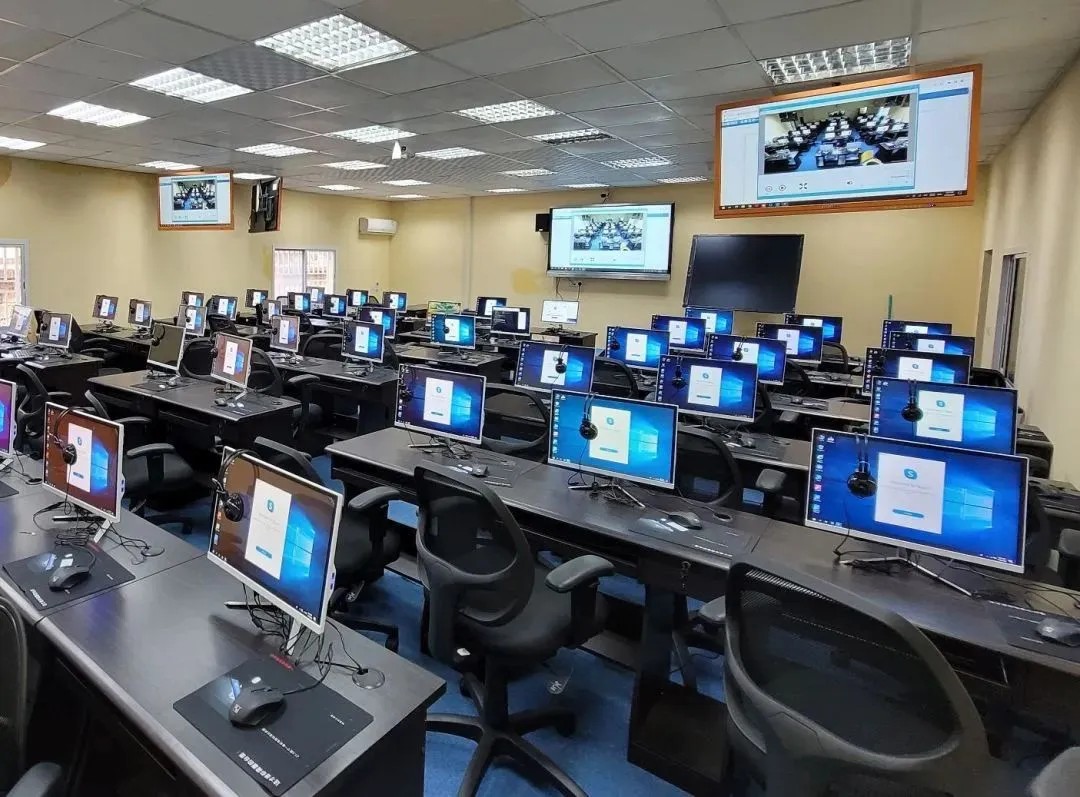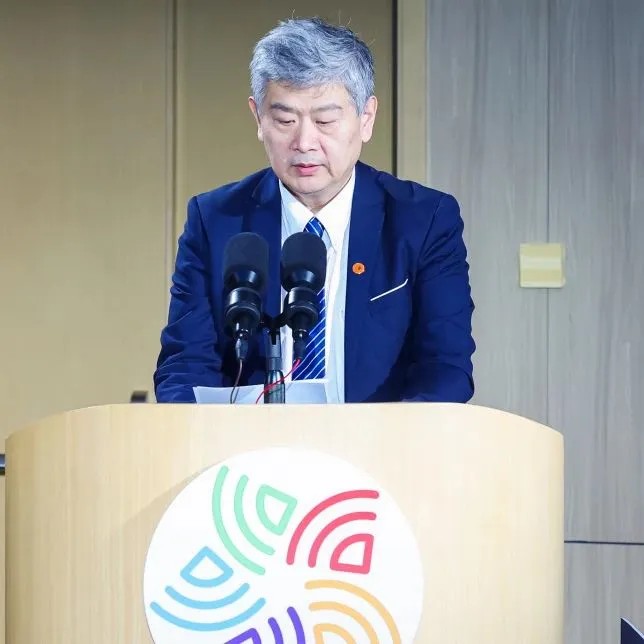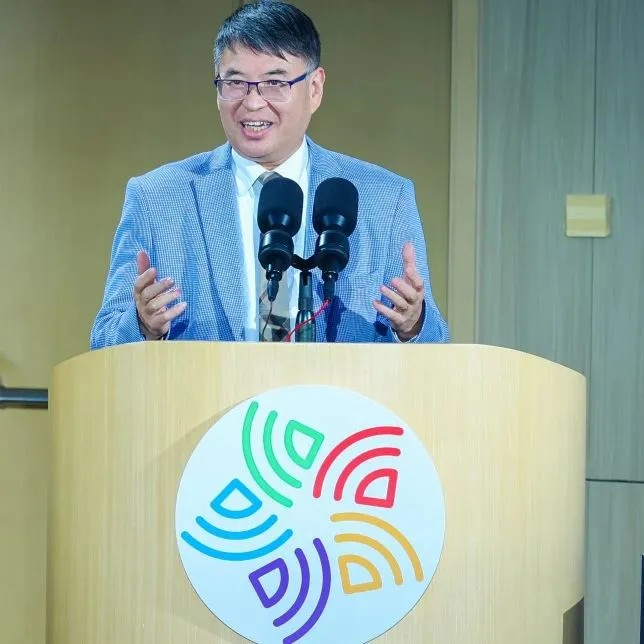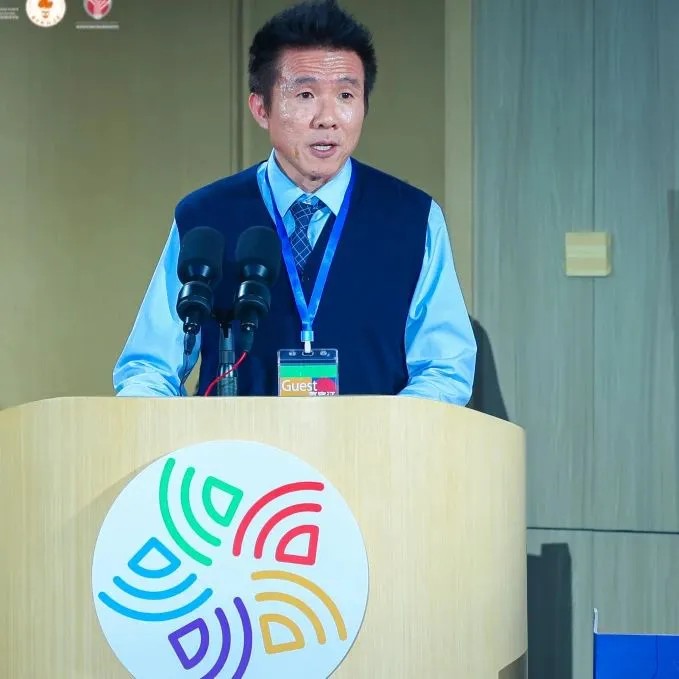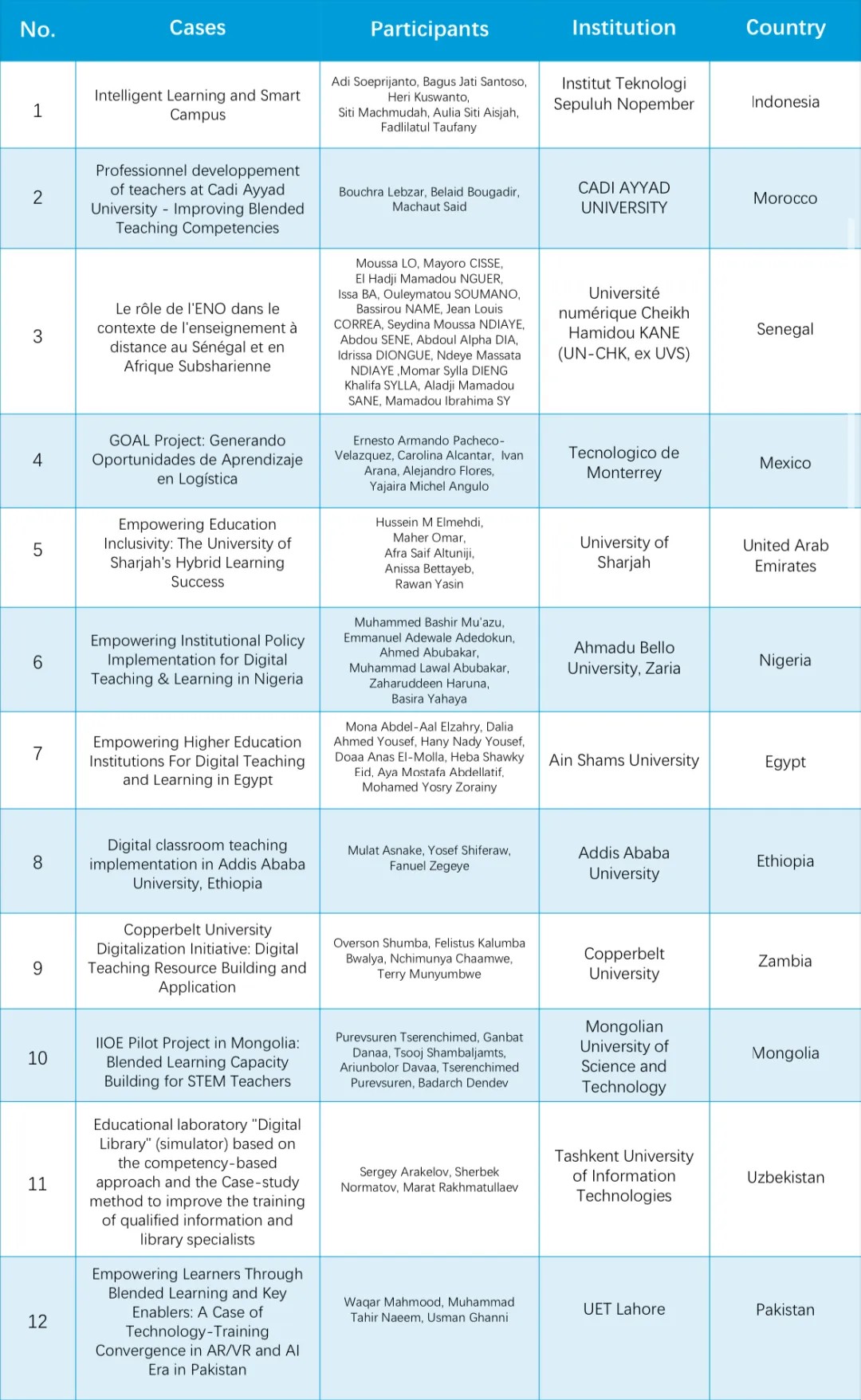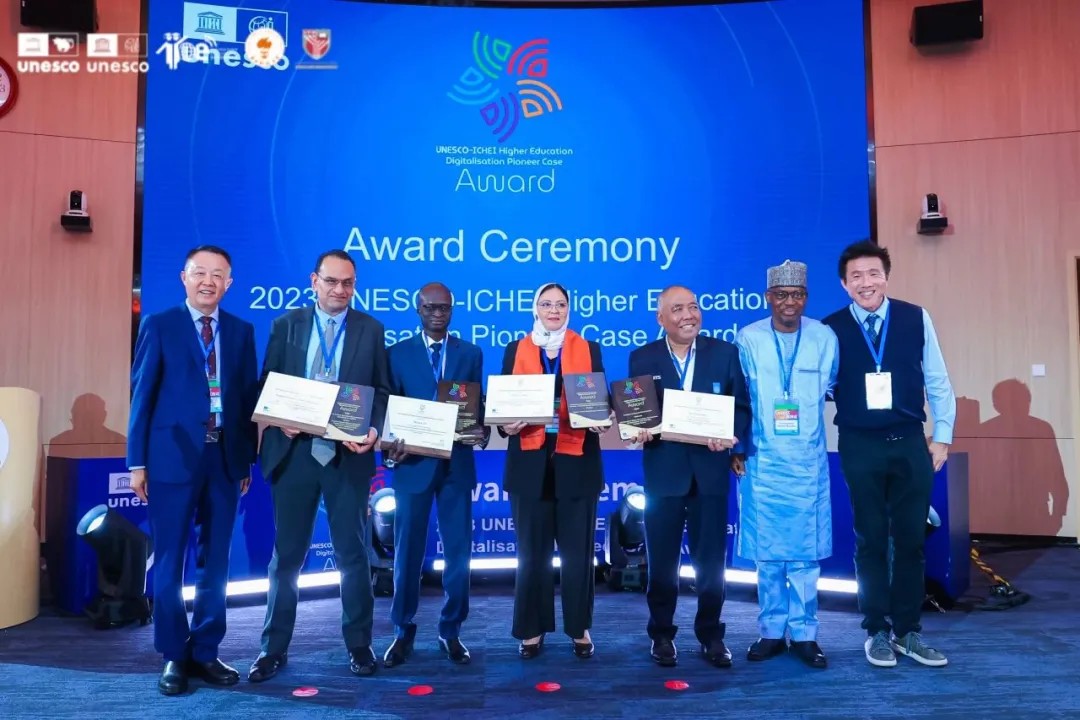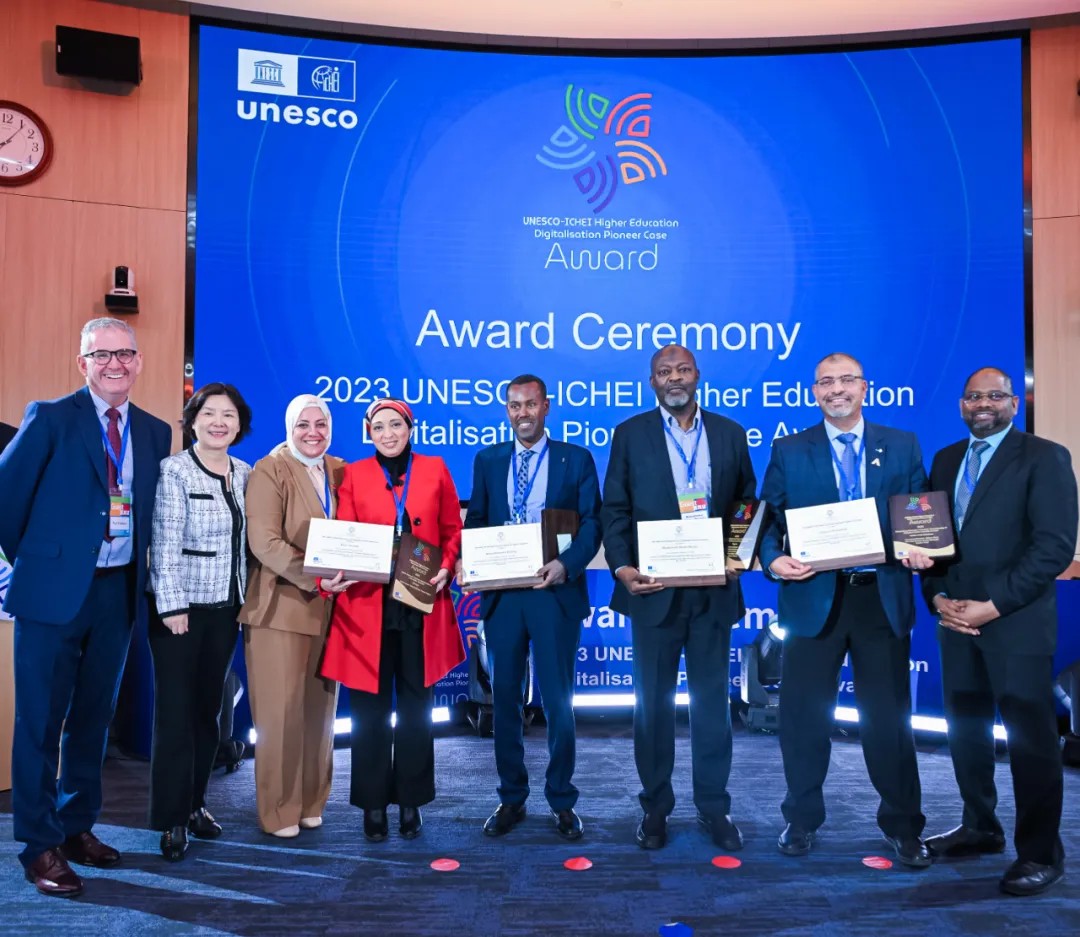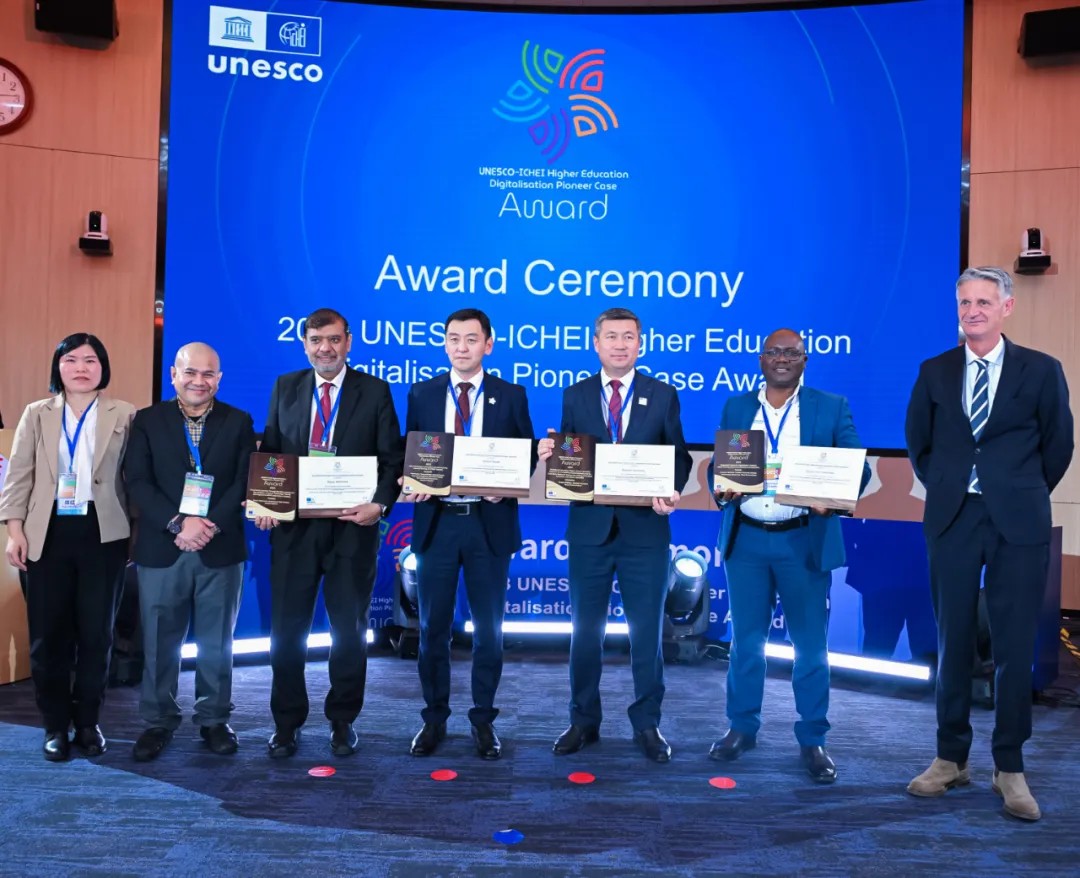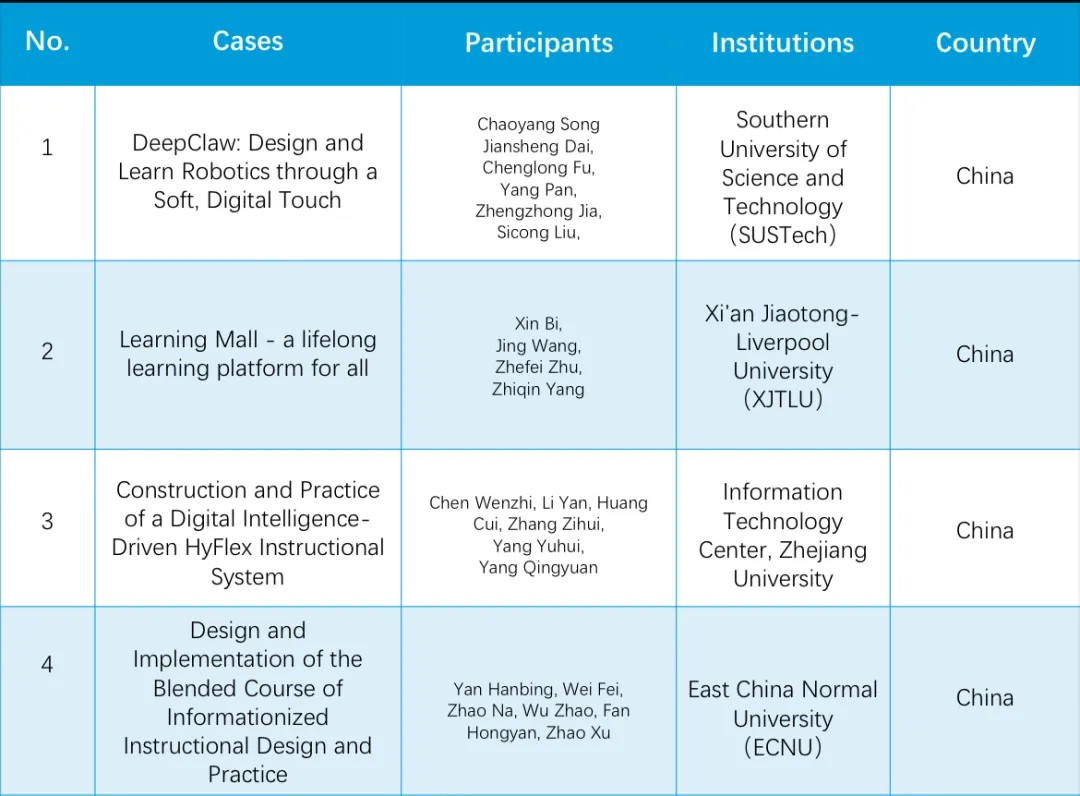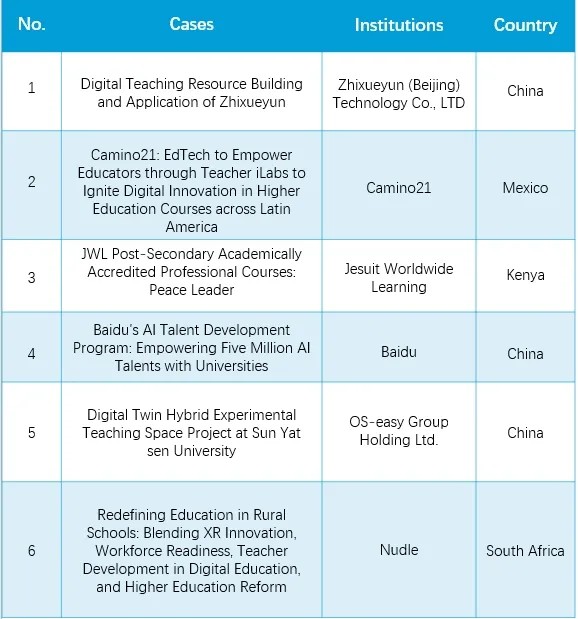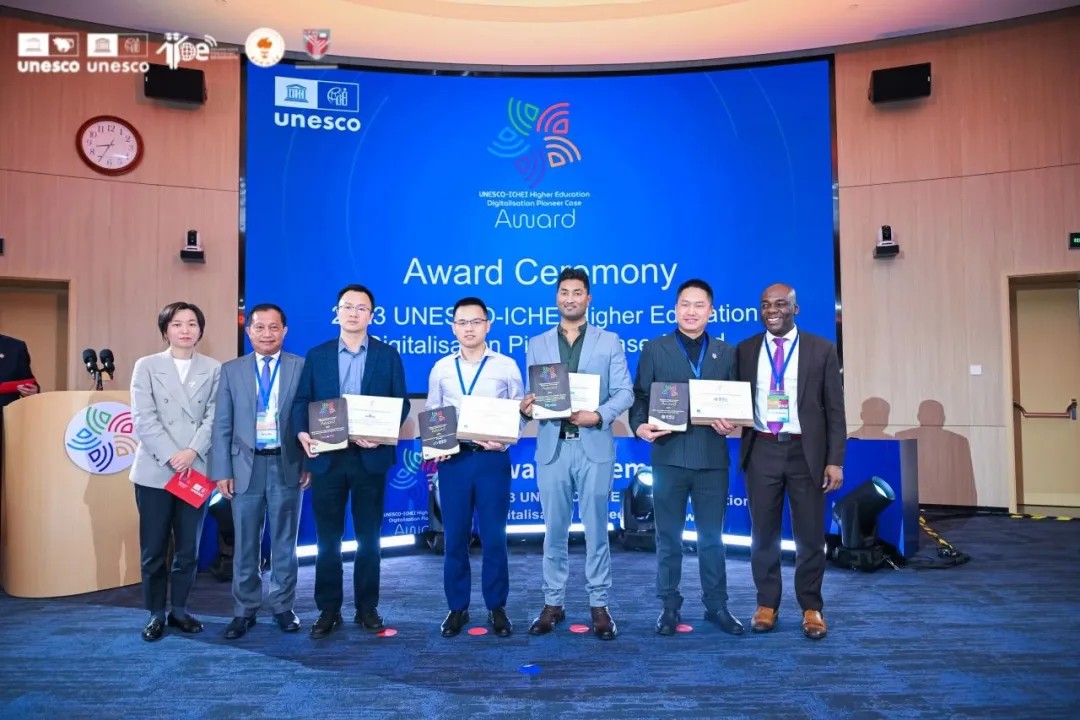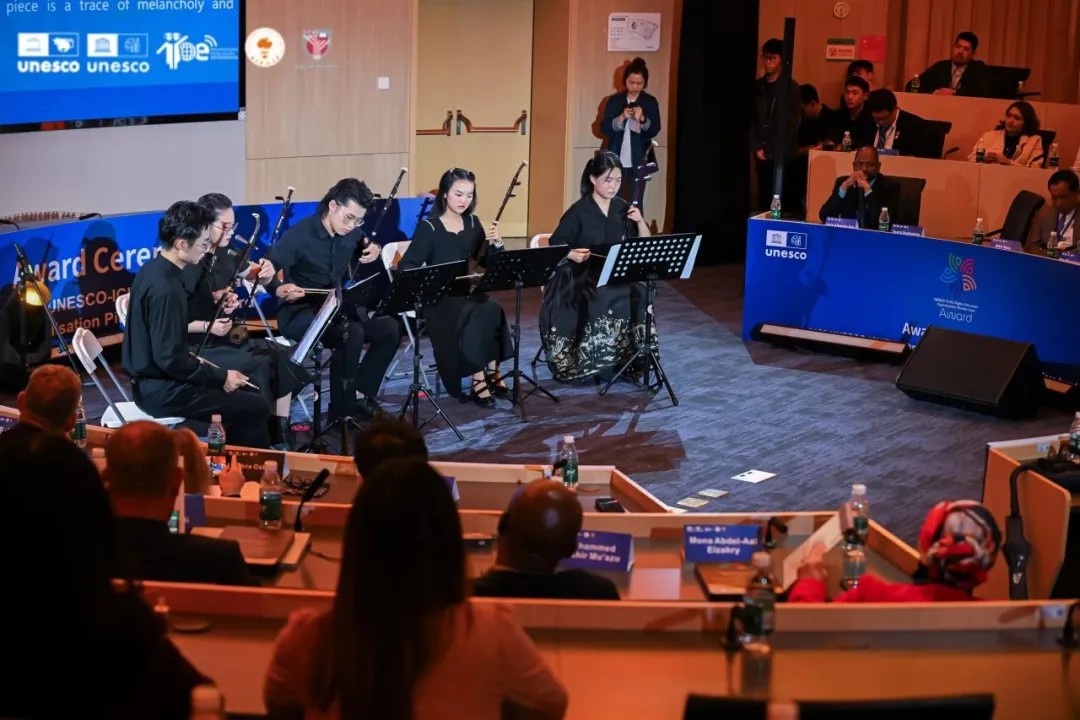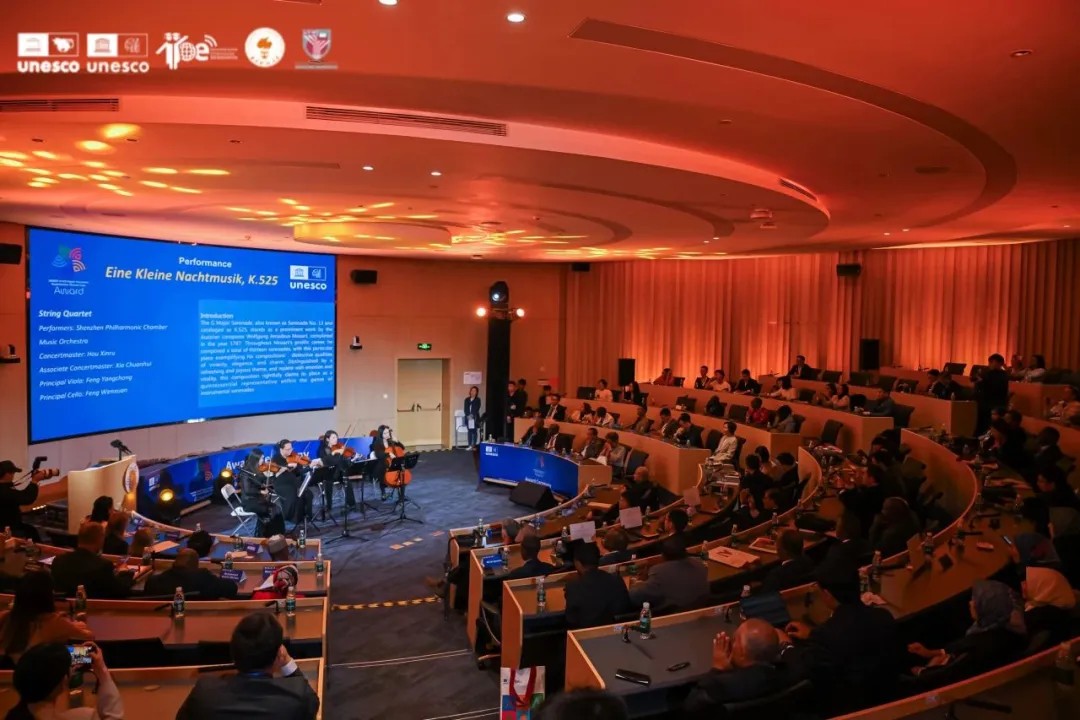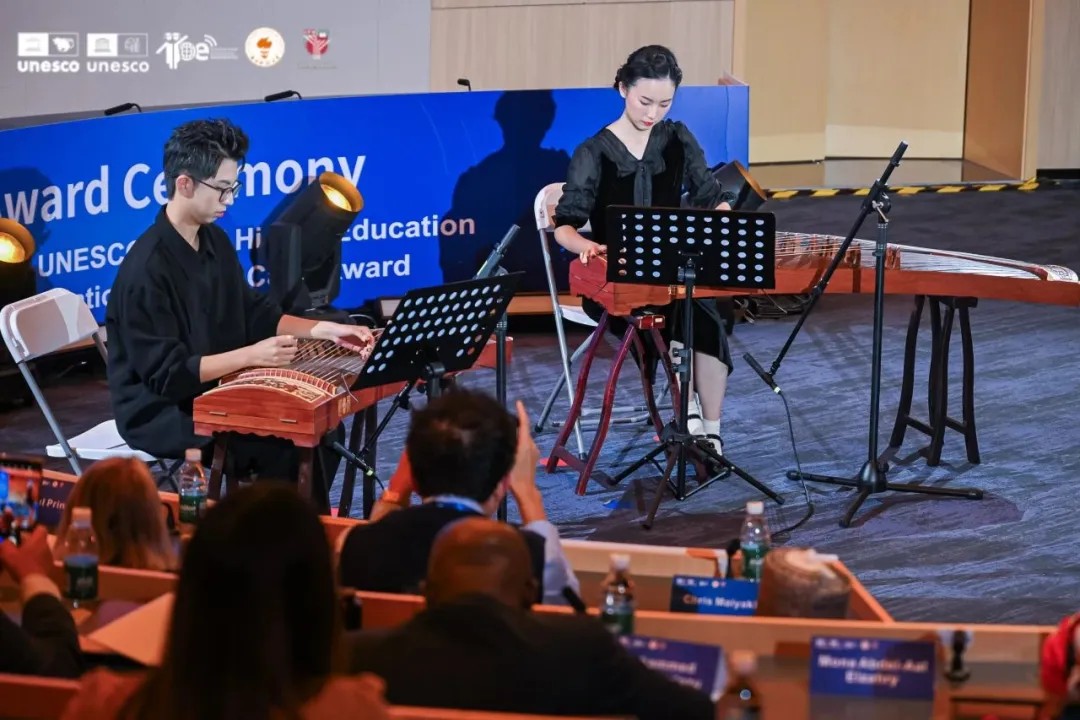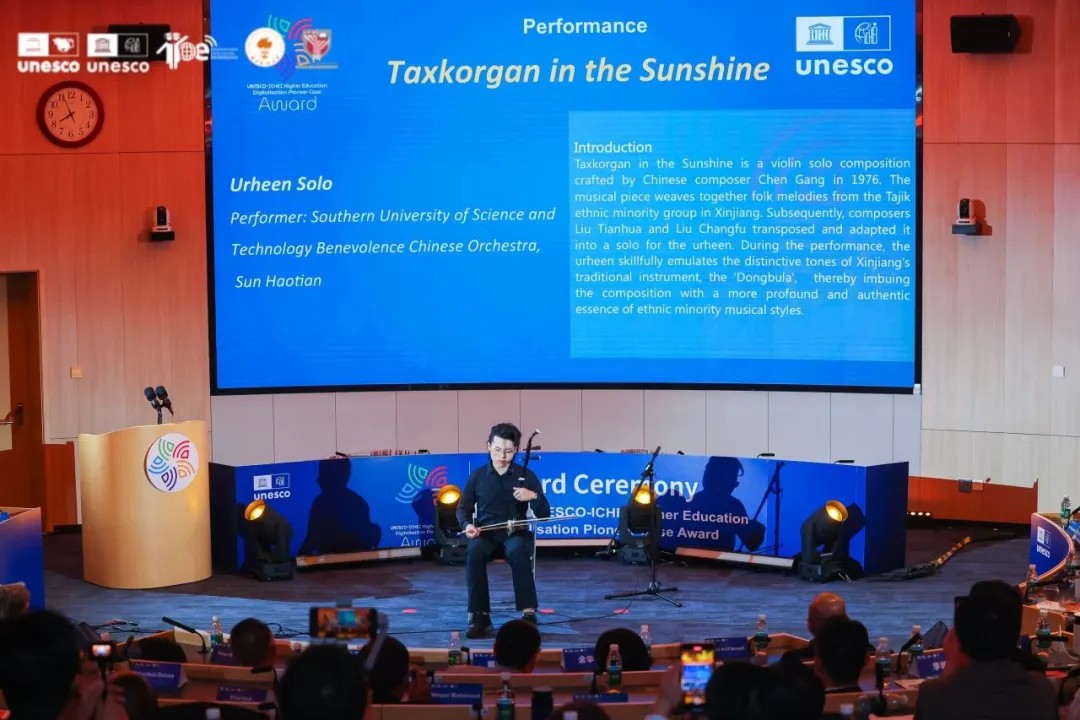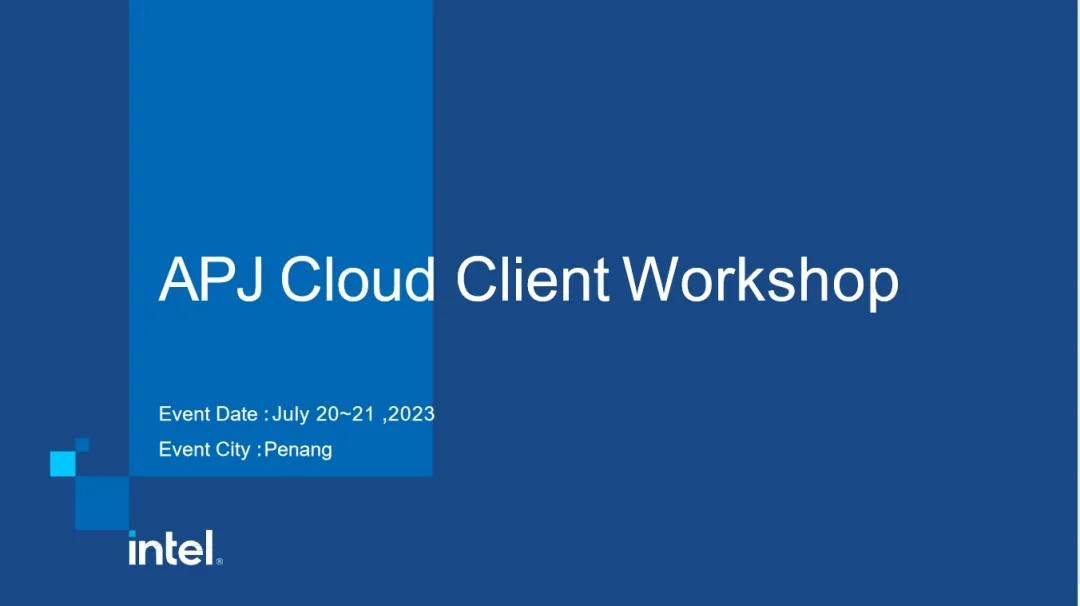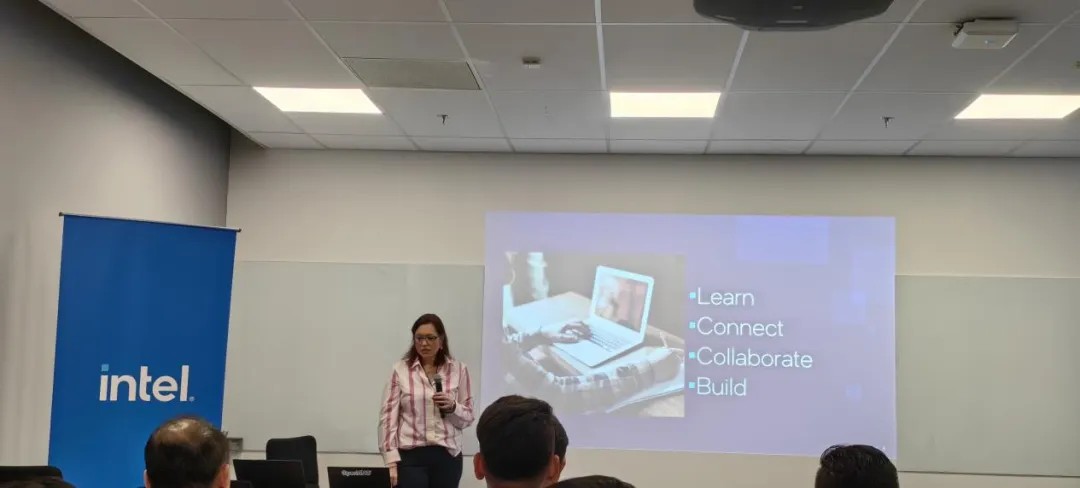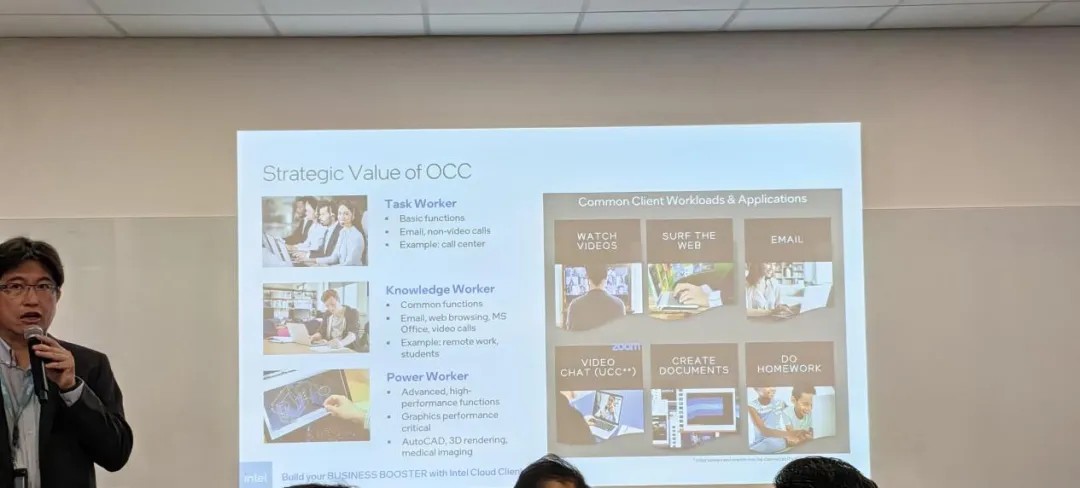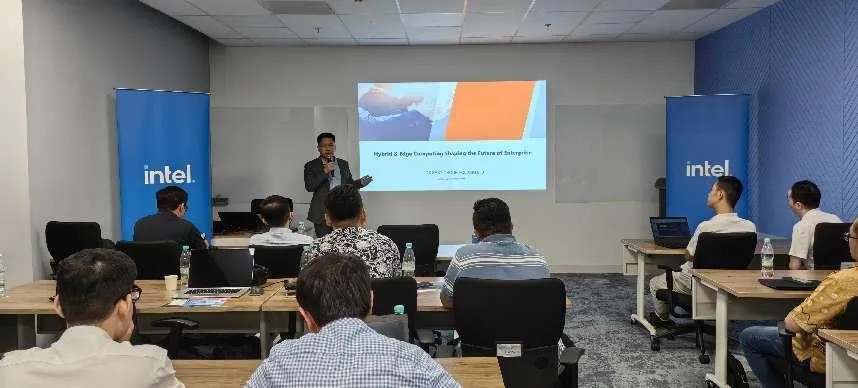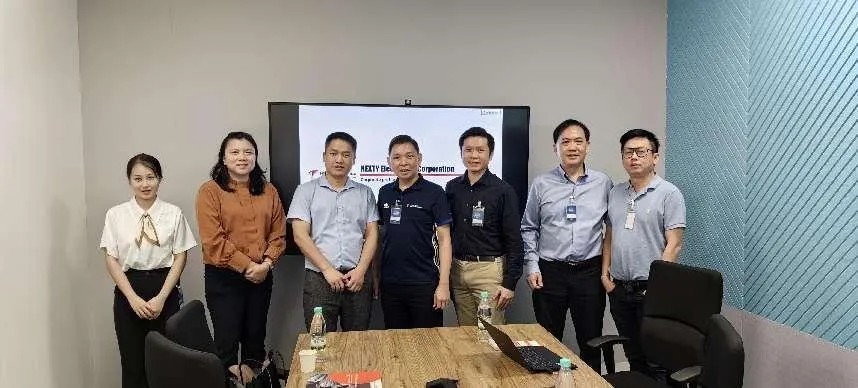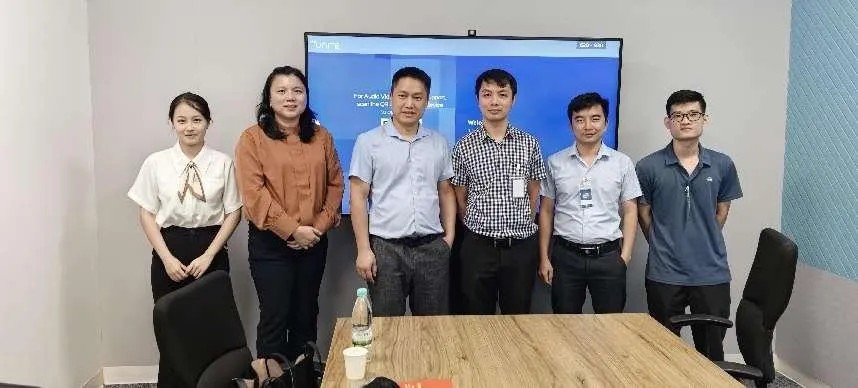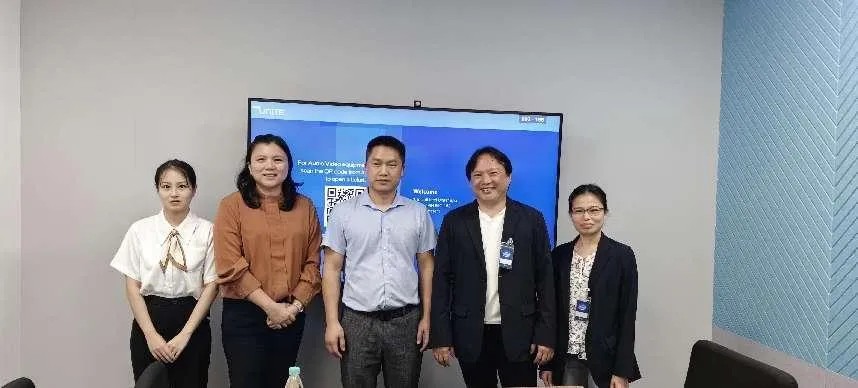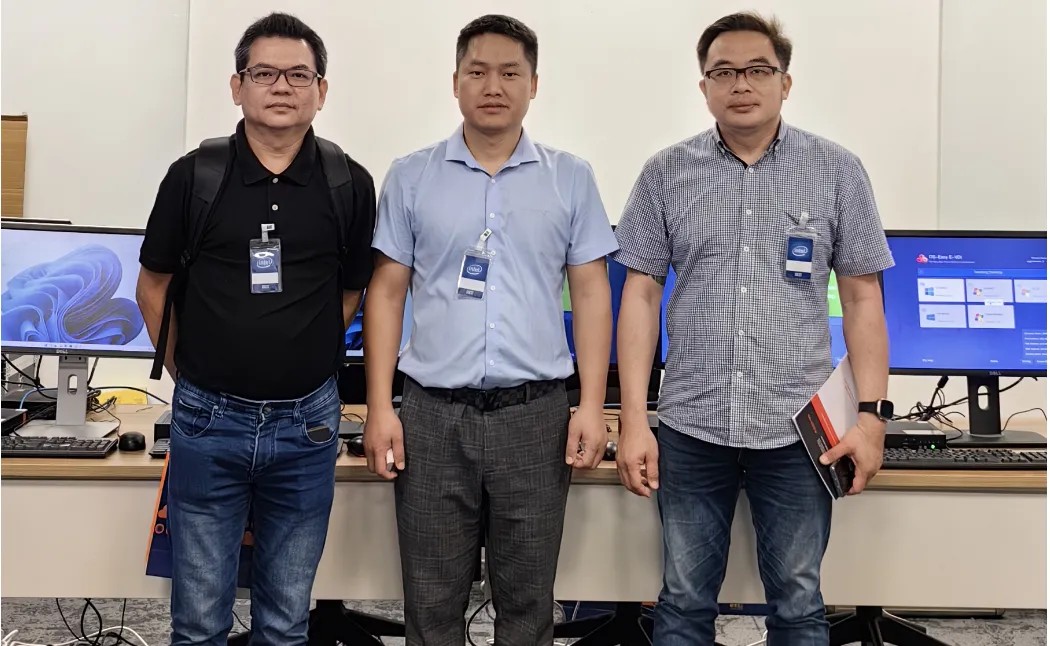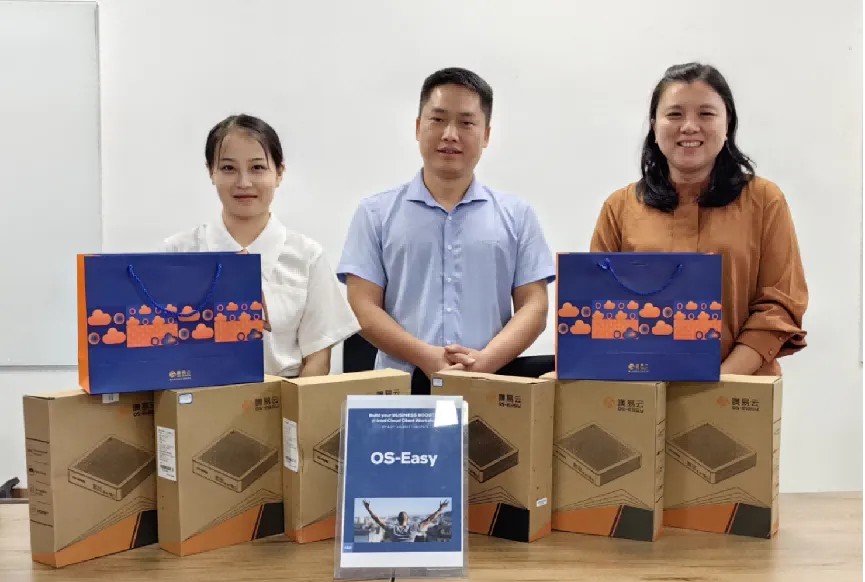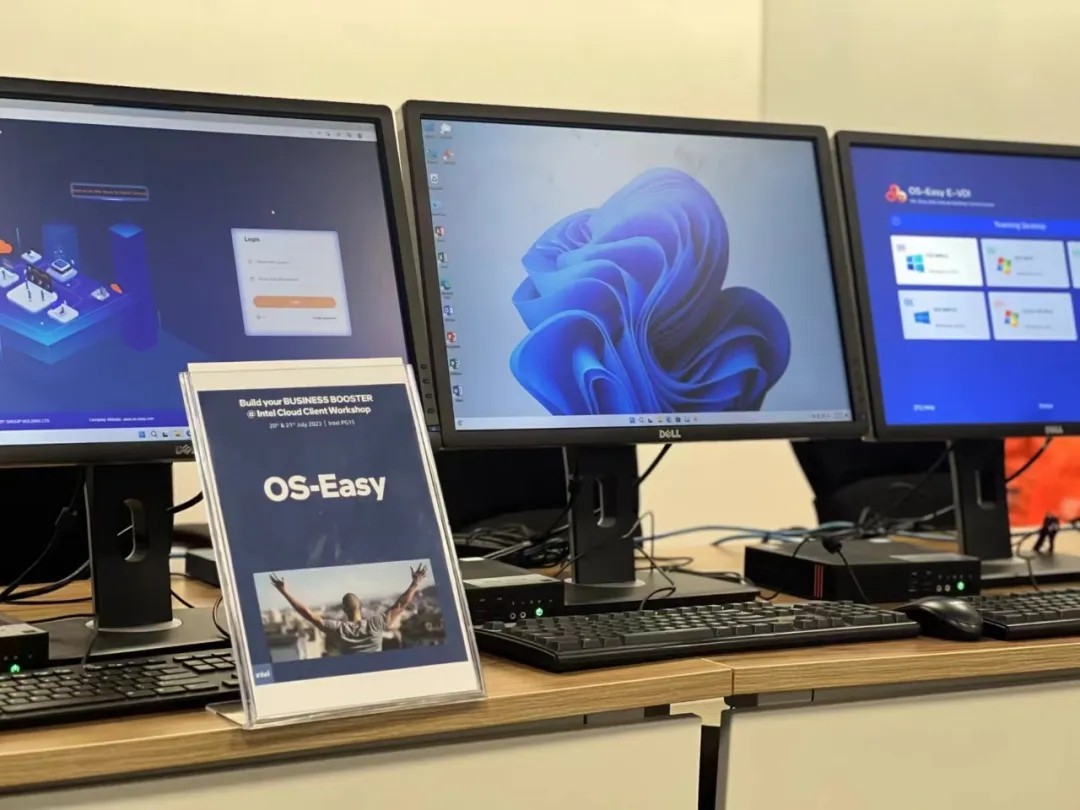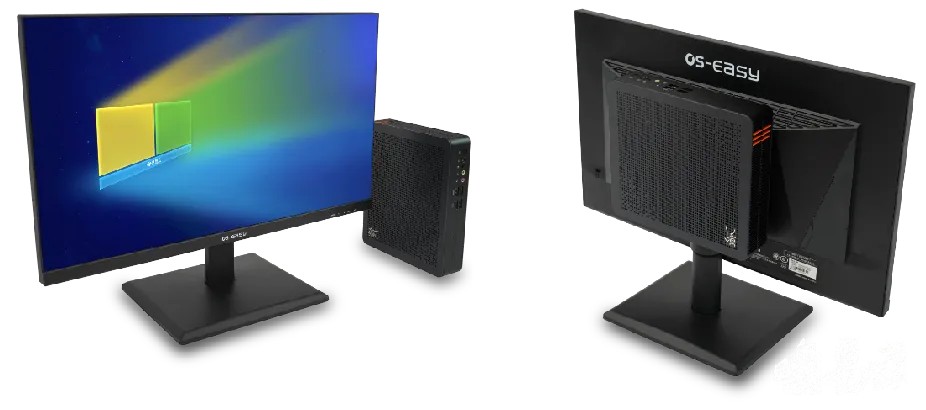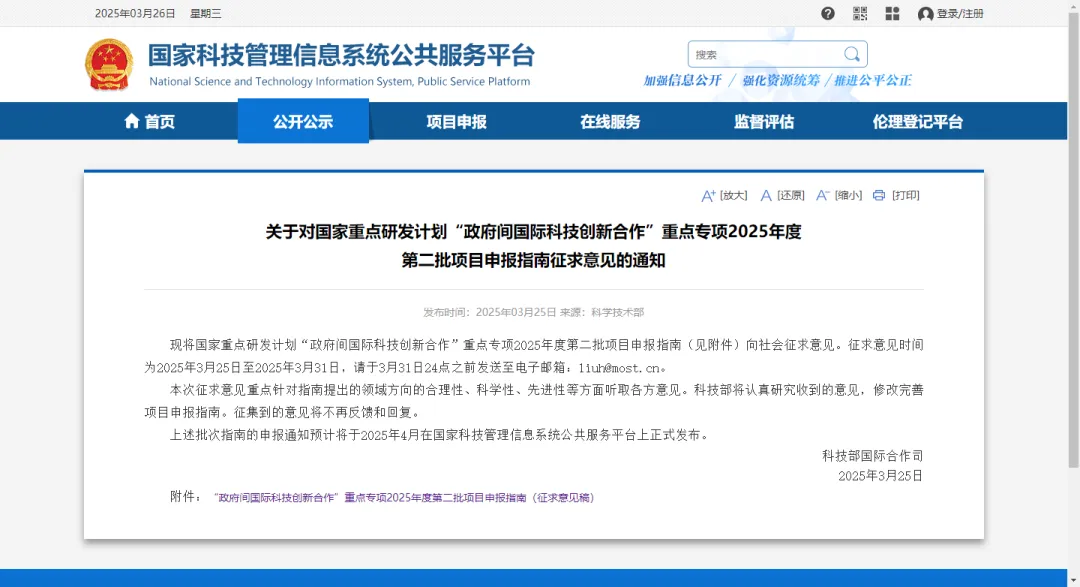
This public account excerpts the project solicitation content for African countries in the guide for reference by interested readers.
Key project of “intergovernmental international scientific and technological innovation cooperation”
2025 Second Batch Project Application Guide
(Draft for comments)
The world today is undergoing a major change unseen in a century, with a new round of scientific and technological revolution and industrial transformation accelerating around the world. Countries around the world must not only share the opportunities of the in-depth development of scientific and technological globalization, but also work together to cope with the challenges of a series of global issues such as global change, food security, energy and resource shortages, population health, and environmental pollution. The Chinese government, adhering to the concept of mutual benefit and win-win, has carried out scientific and technological innovation cooperation with relevant countries, regions, international organizations and multilateral mechanisms by supporting intergovernmental scientific and technological cooperation projects, carrying out joint funding and joint research and development, promoting exchanges and cooperative demonstrations of scientific and technological personnel, encouraging participation in international large-scale scientific projects (plans), and encouraging the open sharing of large-scale scientific research infrastructure, so as to jointly solve global problems, promote economic and social development, and make due contributions to building a community with a shared future for mankind.
In accordance with the requirements of the bilateral (multilateral) intergovernmental scientific and technological cooperation agreements (protocols) between China and foreign countries and the implementation of diplomatic commitments made by heads of state, the Ministry of Science and Technology, together with relevant departments, has followed the project formation mechanism of the National Key R&D Program and compiled the second batch of project application guidelines for 2025 for the key special project “Intergovernmental International Science and Technology Innovation Cooperation” of the National Key R&D Program.
I. Overall Objectives
In 2025, this special project will continue to support various international science and technology innovation cooperation and exchange projects carried out under the framework of relevant intergovernmental agreements signed between my country and relevant countries, regions, international organizations and multilateral mechanisms. The project tasks involve scientific, technological and engineering issues of common concern at the level of intergovernmental science and technology cooperation, as well as issues related to coping with major global challenges through science and technology innovation cooperation. In response to major issues and common challenges of intergovernmental concern, we will actively strengthen science and technology innovation cooperation with major developed and developing countries, and strive to jointly promote the resolution of relevant issues. Guided by exchanges and cooperation in the field of science and technology innovation, we will promote capacity building around interconnection and other livelihood science and technology fields, and promote coordinated development with neighboring countries and other developing countries. We will actively participate in intergovernmental international science and technology organizations and promote multilateral scientific research and technological cooperation in the field of innovation. We will promote my country’s participation in international major scientific projects (plans) and accelerate the opening and sharing of large-scale research infrastructure at home and abroad. In view of the needs of national diplomatic work and the positioning of this special project, the 2025 annual guidelines of this special project will support the bilateral and multilateral intergovernmental science and technology cooperation agreements signed in 2025 and the major diplomatic commitments recently made by the country.
2. Fields and Directions
After consultation and agreement with relevant partners, the second batch of projects in 2025 will set up 19 guidance directions to support scientific and technological cooperation with 15 countries, regions, international organizations and multilateral cooperation mechanisms. It is planned to support about 176 projects with a total budget of RMB 348.9 million. The implementation cycle of each project is generally 2 to 3 years. The project does not have any topics (except for guidance direction 2.9).
For projects that require both parties to apply at the same time, the English name of the project, field direction, cooperating unit, project leader, project implementation period and other information in the application forms of both parties should be consistent.
Projects should be goal-oriented and problem-oriented, and produce high-quality results through international cooperation. In addition to completing the research content and assessment indicators specified in the guidelines, international cooperation projects should also pay special attention to the effectiveness of international cooperation, which should be reflected in indicators such as co-authored papers, joint applications for international patents or standards, international conferences, talent training and exchanges, and cooperation platform construction. We should focus on and summarize the key role played by international cooperation in the successful implementation of the project.
The specific guidelines and requirements are as follows.
…
1.2 Joint research project between the governments of China and Egypt
Cooperation agreement: “Memorandum of Understanding between the Ministry of Science and Technology of China and the Ministry of Higher Education and Scientific Research of Egypt on the Joint Funding Program 2025”.
Fields: Water; Food and Agriculture; Health; Information and Communication Technology; Advanced Manufacturing.
Number of projects to be supported: 15 .
Total support funds: RMB 30 million. Other requirements:
(1) The project implementation period is 2 years.
(2) During the project implementation period, the Chinese and Egyptian cooperation teams must each send at least 2 people to visit the other party’s unit for an exchange visit of more than 3 months.
(3) Both parties to the project cooperation must submit application materials to the project solicitation departments of their respective countries. Applications submitted by one party alone will be invalid.
1.3 China-Egypt Intergovernmental Joint Research Flagship Project
Cooperation Agreement : ” Memorandum of Understanding between the Ministry of Science and Technology of China and the Ministry of Higher Education and Scientific Research of Egypt on the Joint Funding Program 2025″.
Field direction: renewable energy; artificial intelligence.
Number of projects to be supported: 5.
Total planned funding: RMB 12.5 million.
Other requirements:
(1) The project implementation period is 2 years.
(2) Both the Chinese and Egyptian cooperation teams must have corporate participation. Chinese companies should provide matching funds at least equal to the government funding they receive.
(3) During the project implementation period, the Chinese and Egyptian cooperation teams must each send at least 3 people to visit the other party’s units for exchanges for more than 3 months.
(4) Both parties to the project cooperation must submit application materials to the project solicitation department of their respective countries. Application materials submitted by one party alone will be invalid.
1.4 China-Egypt Intergovernmental Joint Laboratory Project
Cooperation agreement: “Agreement on Scientific and Technological Cooperation between the Government of the People’s Republic of China and the Arab Republic of Egypt”, “Memorandum of Understanding between the Ministry of Science and Technology of the People’s Republic of China and the Science and Technology Innovation Fund of the Ministry of Higher Education and Scientific Research of the Arab Republic of Egypt on Launching the 2024 Joint Research Program”, “Memorandum of Understanding between the Ministry of Science and Technology of the People’s Republic of China and the Ministry of Higher Education and Scientific Research of the Arab Republic of Egypt on Strengthening Cooperation in Scientific and Technological Innovation”.
Field direction: Sustainable development technology; science and technology poverty alleviation; artificial intelligence; advanced robots.
Number of projects to be supported: 3.
Total planned support funds: RMB 9 million. Other requirements:
(1) Encourage joint application of industry, academia and research;
(2) The project implementation period is generally 3 years;
(3) The cooperating country should be Egypt. The project application name format is “China-Egypt + research field + joint laboratory”.
(4) The applicant should provide: a formal accreditation document issued by the national government department of the partner country to support the cooperation of the joint laboratory (submitted together with the application materials, document template download link: xxx, which must include the names of the two partner institutions, the joint laboratory, the support measures provided by the national government department of the partner country for the joint laboratory cooperation and contact information), and must inform the national government department of the partner country that this accreditation document is only a project application material, and whether the project can be finally approved must be determined after review; documents issued by the foreign partner unit on its own do not meet the above requirements.
(5) During the project implementation period, the project undertaking unit must accept no less than 5 personnel from the partner country to come to China to jointly carry out scientific research work on the project (each person must work in China for no less than 3 months continuously); and organize more than 2 high-level international academic exchange activities with more than 50 people .
(6) When applying, the China-Arab Joint Laboratory Construction Plan (download link: xxx) should be filled in and submitted, and the cooperation agreement on the joint construction of the joint laboratory signed by the supporting units of the two laboratories should be provided. The parties to the cooperation have clear agreements or intended agreements on the ownership of future intellectual property rights and the ownership of the proceeds from the transformation of achievements, and the agreements comply with the relevant provisions of China’s laws and regulations on the ownership of intellectual property rights and the proceeds from the transformation of achievements (an intellectual property agreement or letter of intent, memorandum, letter of certification or clear intellectual property-related provisions in the Sino-foreign cooperation agreement must be attached).
(7) The foreign partner should be a scientific research institute, university or enterprise registered outside China for more than three years, with independent legal person status, standardized operation and management, an institution with relevant advantageous resources in this field, strong scientific and technological research and development capabilities and conditions, and a long-term and stable cooperation foundation with the Chinese project applicant.
(8) The Belt and Road Joint Laboratory projects that have been approved by the Ministry of Science and Technology for construction, and the China-Africa Joint Laboratory and China-Arab Joint Laboratory projects that have been approved for construction but not yet completed will not be supported again in this project.
1.5 Diplomatic commitment of China-Arab joint laboratory projects :
Implement President Xi Jinping’s important initiative to “jointly build a number of joint laboratories or R&D cooperation centers with Arab countries in the fields of life and health, artificial intelligence, green and low-carbon, information and communication, and space information”.
Fields: life and health; artificial intelligence; green and low-carbon; information and communication; space information.
Number of projects to be supported: no more than 5 (in principle, no more than 1 per partner country ). Total planned funding: RMB 10 million.
Other requirements:
(1) Encourage joint application by industry, academia, and research institutes;
(2) The project implementation cycle is generally 3 years ;
(3) The partner country should be an Arab country (including Algeria , the United Arab Emirates, Oman, Egypt , Palestine, Bahrain, Djibouti, Qatar , Kuwait, Lebanon, Libya , Mauritania, Morocco , Saudi Arabia, Sudan, Somalia, Tunisia , Syria, Yemen, Iraq, Jordan, and Comoros ). The project application name format is “China + the abbreviation of the partner country + research field + joint laboratory”.
(4) The applicant should provide: a formal accreditation document issued by the national government department of the partner country to support the cooperation of the joint laboratory (submitted together with the application materials, document template download link: xxx, which must include the names of the two partner institutions, the joint laboratory, the support measures provided by the national government department of the partner country for the joint laboratory cooperation and contact information), and must inform the national government department of the partner country that this accreditation document is only a project application material, and whether the project can be finally approved must be determined after review; documents issued by the foreign partner unit on its own do not meet the above requirements.
(5) During the project implementation period, the project undertaking unit must accept no less than 5 personnel from the partner country to come to China to jointly carry out scientific research work on the project (each person must work in China for no less than 3 months continuously); and organize more than 2 high-level international academic exchange activities with more than 50 people .
(6) When applying, the China-Arab Joint Laboratory Construction Plan (download link: xxx) should be filled in and submitted, and the cooperation agreement on the joint construction of the joint laboratory signed by the supporting units of the two laboratories should be provided. The parties to the cooperation have clear agreements or intended agreements on the ownership of future intellectual property rights and the ownership of the proceeds from the transformation of achievements, and the agreements comply with the relevant provisions of my country’s laws and regulations on the ownership of intellectual property rights and the proceeds from the transformation of achievements (an intellectual property agreement or letter of intent, memorandum, letter of certification or clear intellectual property-related provisions in the Sino-foreign cooperation agreement must be attached).
(7) The foreign partner should be a scientific research institute, university or enterprise registered outside China for more than three years, with independent legal person status, standardized operation and management, an institution with relevant advantageous resources in this field, strong scientific and technological research and development capabilities and conditions, and a long-term and stable cooperation foundation with the Chinese project applicant.
(8) The Belt and Road Joint Laboratory projects that have been approved by the Ministry of Science and Technology for construction, and the China-Africa Joint Laboratory and China-Arab Joint Laboratory projects that have been approved for construction but not yet completed will not be supported again in this project.
1.6 Joint Laboratory Project between China and African Countries
Diplomatic commitment: Implement the important initiative of President Xi Jinping at the 8th Ministerial Conference of the Forum on China-Africa Cooperation on building a China-Africa Joint Laboratory.
Field direction: No limit on fields.
Number of projects to be supported: No more than 10 (in principle, no more than 1 per country).
Total planned funding: RMB 20 million.
Other requirements:
(1) Encourage joint application by industry, academia and research.
(2) The project implementation cycle is generally 3 years.
(3) The partner country should be an African country (Arab countries such as Algeria, Egypt, Djibouti, Libya, Mauritania, Morocco, Sudan, Somalia, Tunisia, Comoros, etc. can also apply for the China-Arab Joint Laboratory, but can only apply through one channel). The project application name format is “China + the abbreviation of the partner country + research field + joint laboratory”.
(4) The applicant should provide: a formal accreditation document issued by the national government department of the partner country to support the cooperation of the joint laboratory (submitted together with the application materials, the document template download link: xxx, which must include the names of the two partner institutions, the joint laboratory, the support measures provided by the national government department of the partner country for the joint laboratory cooperation and contact information), and must inform the national government department of the partner country that this accreditation document is only a project application material, and whether the project can be finally approved must be determined after review. Documents issued by the foreign partner unit itself do not meet the above requirements.
(5) During the project implementation period, the project undertaking unit must accept no less than 5 personnel from the partner country to come to China to jointly carry out scientific research work on the project (each person must work in China for no less than 3 months continuously); and organize more than 2 high-level international academic exchange activities with more than 50 people .
(6) When applying, the China-Africa Joint Laboratory Construction Plan (download link: xxx) should be filled in and submitted, and the cooperation agreement on the joint construction of the joint laboratory signed by the supporting units of the two laboratories should be provided. The parties to the cooperation have clear agreements or intended agreements on the ownership of future intellectual property rights and the ownership of the proceeds from the transformation of achievements, and the agreements comply with the relevant provisions of China’s laws and regulations on the ownership of intellectual property rights and the proceeds from the transformation of achievements (an intellectual property agreement or letter of intent, memorandum, letter of certification or clear intellectual property-related provisions in the Sino-foreign cooperation agreement must be attached).
(7) The foreign partner should be a scientific research institute, university or enterprise registered outside China for more than three years, with independent legal person status, standardized operation and management, an institution with relevant advantageous resources in this field, strong scientific and technological research and development capabilities and conditions, and a long-term and stable cooperation foundation with the Chinese project applicant.
(8) The Belt and Road Joint Laboratory that has been approved by the Ministry of Science and Technology for construction, and the China-Africa Joint Laboratory and China-Arab Joint Laboratory that have been approved for construction but not yet completed will not be supported again in this project.
1.7 China-South Africa Intergovernmental Joint Research Project Cooperation Agreement:
China-South Africa Intergovernmental Science and Technology Cooperation Agreement.
Fields: Information and Communication Technology; Life Sciences; Mining and Metallurgy; Agricultural Technology; Energy Technology.
Number of Projects to be Supported: No more than 30.
Total Funding to be Supported: RMB 60 million.
Other requirements:
The project implementation period shall not exceed 2 years in principle; both parties to the project cooperation must submit application materials to the project solicitation department of their respective countries, and projects submitted by one party alone will be invalid.
1.8 China-South Africa Joint Research Flagship Project
Cooperation agreement: China-South Africa Intergovernmental Science and Technology Cooperation Agreement.
Field direction: Space technology and astronomy; Marine technology.
Number of projects to be supported: No more than 2.
Total planned support funds: RMB 6 million.
Other requirements: The project implementation period shall not exceed 2 years in principle; both parties to the project cooperation shall submit application materials to the project solicitation department of their respective countries, and unilateral application of the project shall be invalid.

